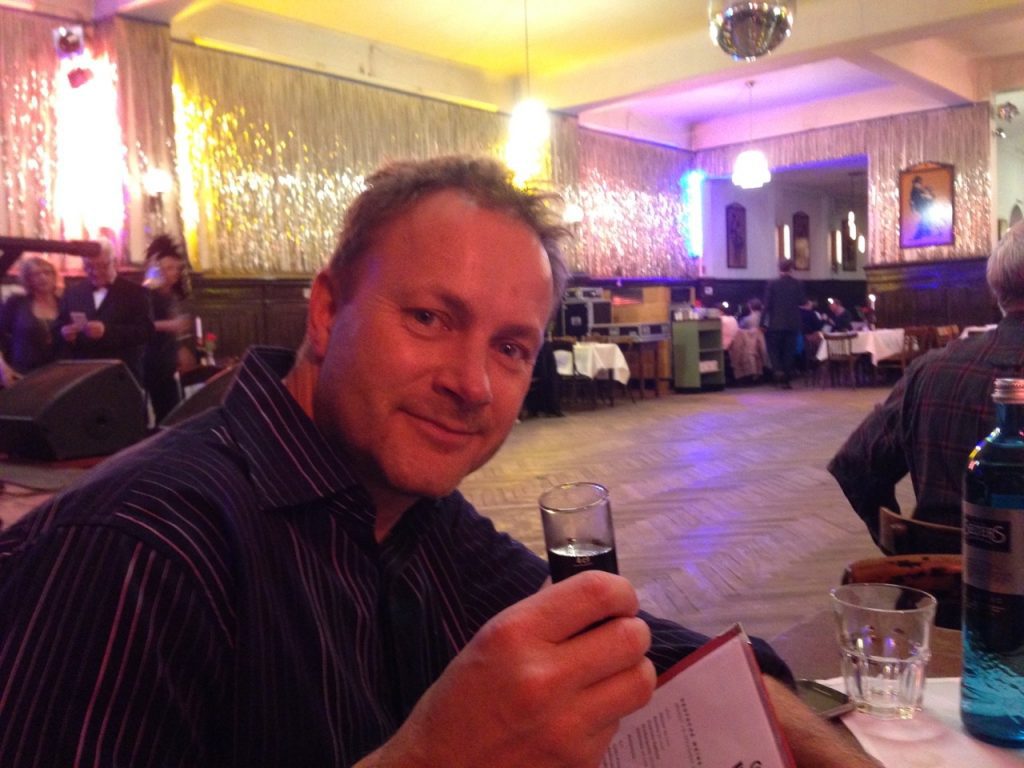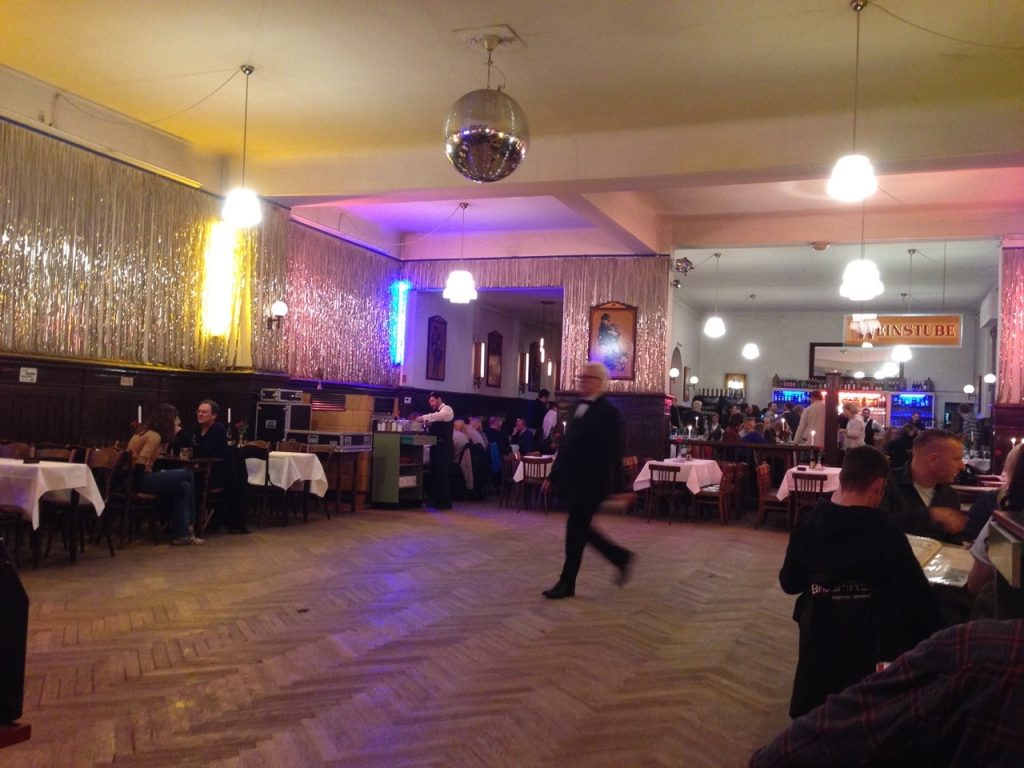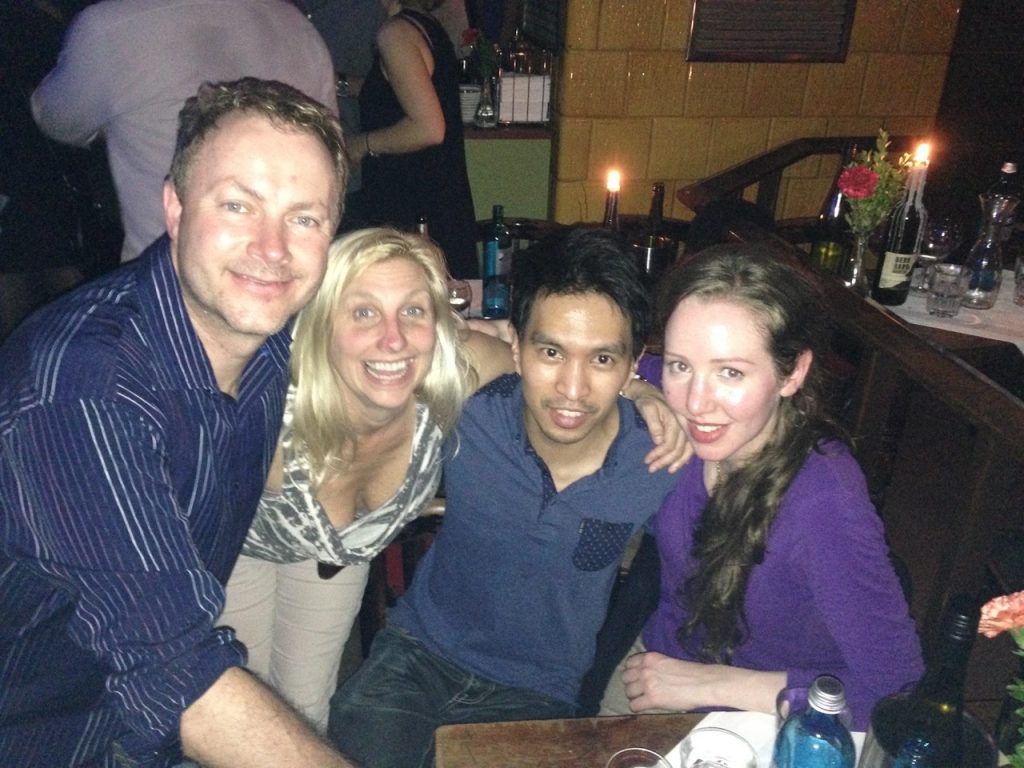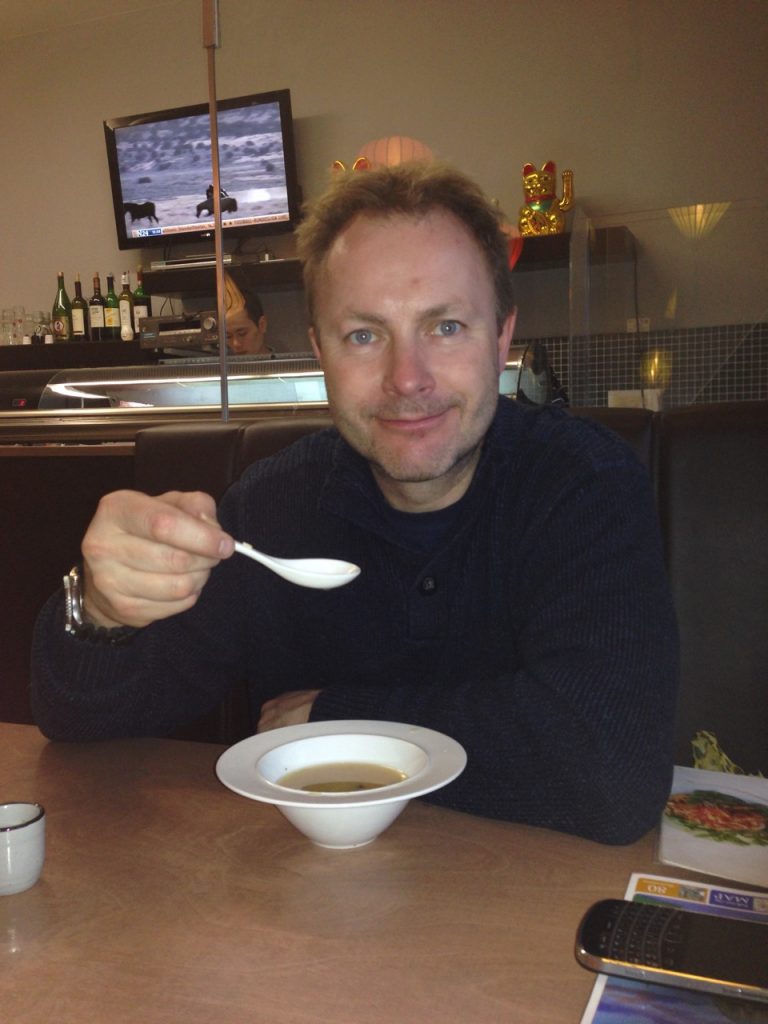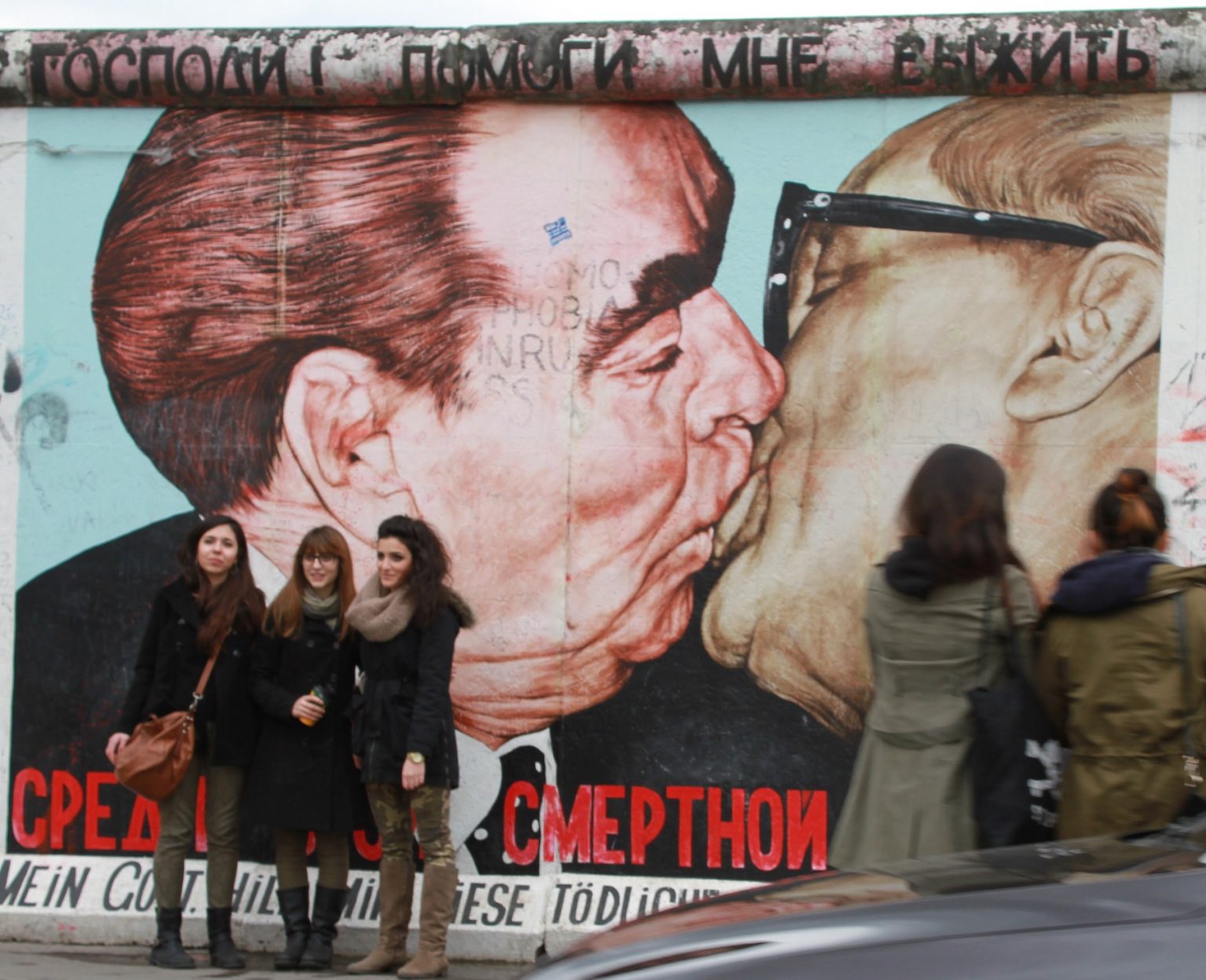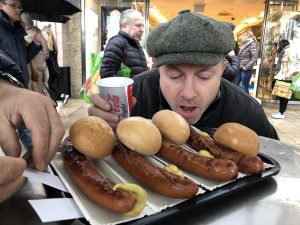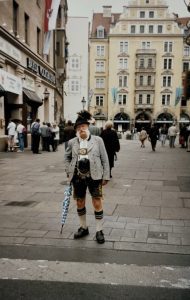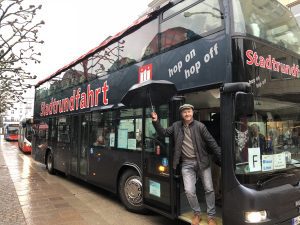🙂 Trabi Safari. 70s style hotel.
🙁 Berlin Wall in the past.
THREE things we did not know about Berlin:
- Over €35 million is spent every year on cleaning up Berlin’s crazy amount of graffiti (we like to call it street art). Yet as if by magic, it reappears without fail year on year…!!
- About 40% of Berlin lies beneath your battered shoes, making it almost twice the size it appears to be from the surface. The underground world of Berlin consists of a complex railway network, a vast network of bunkers and escape tunnels from World War II, sewers and brewery cellars (yup, there’s enough underground beer to be mentioned on this list). There’s so much under there that they’ve now opened up a lot of the underground WWII bunkers to tourists including some of the Nazis secret tunnels and living areas.
- Kaufhaus des Westens, or KaDeWe as it is more often known, can satisfy all of your shopping needs and more! The store covers over 60,000 square meters of display space which is spread over 8 floors…. the Harrods of Berlin!
March 2014
Paul and I had opted for a weekend break in Berlin as we were fascinated by the history. We secured very cheap flights for the 1hr45min flight from Gatwick. We only had a long weekend so we packed alot into our 3days. We stayed in a cheap 1970 style apartment which was centrally located and took us back in time! With U-bahn metro, S-bahn rail, trams, and many bus routes, it’d be hard to find a spot in the city you can’t reach by public transport. The same tickets are used for each of these modes of transport which is helpful as you’ll often switch from one to the next to get where you’re going.
Brandenburg Gate is the distinguished landmark has long been an icon of Berlin, ever since it was finished in 1791. The Prussian king Frederick William II had it built on the site of a former city gate and at one end of the grand Unter den Linden boulevard. Thanks to its impressive size and neoclassical design, it’s not only a popular tourist attraction but also seen as a European symbol of unity and peace.
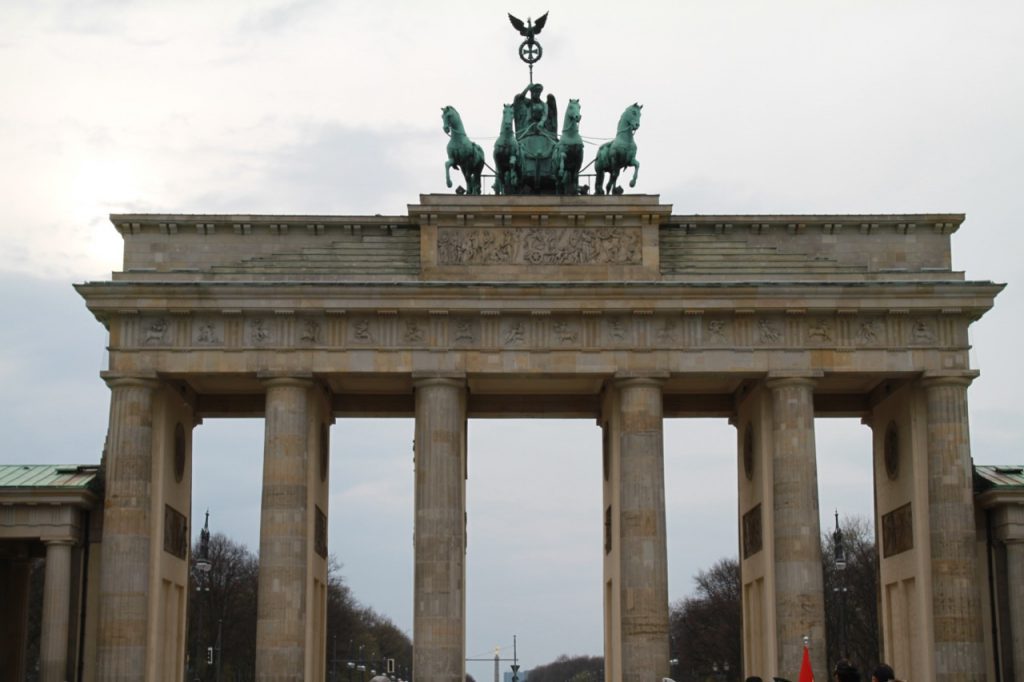
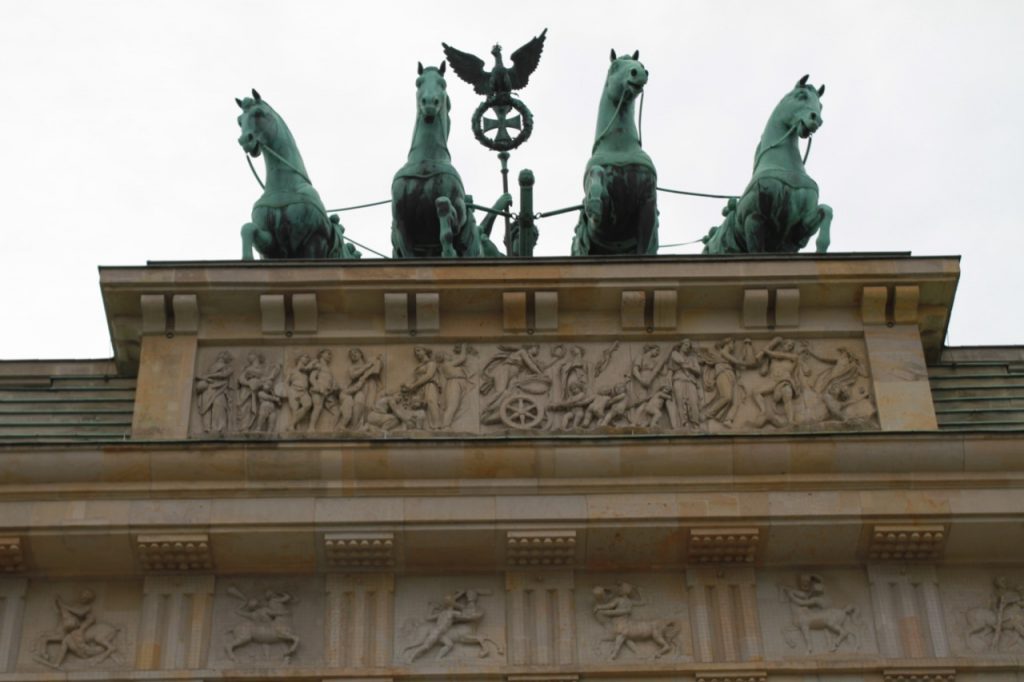
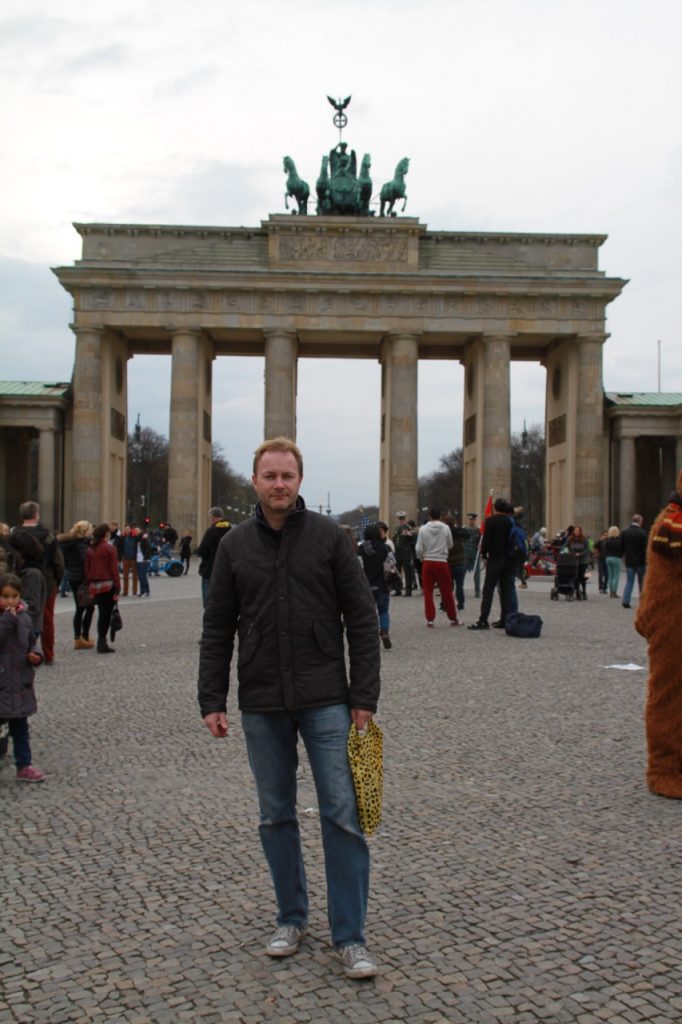
There are may interesting statues.
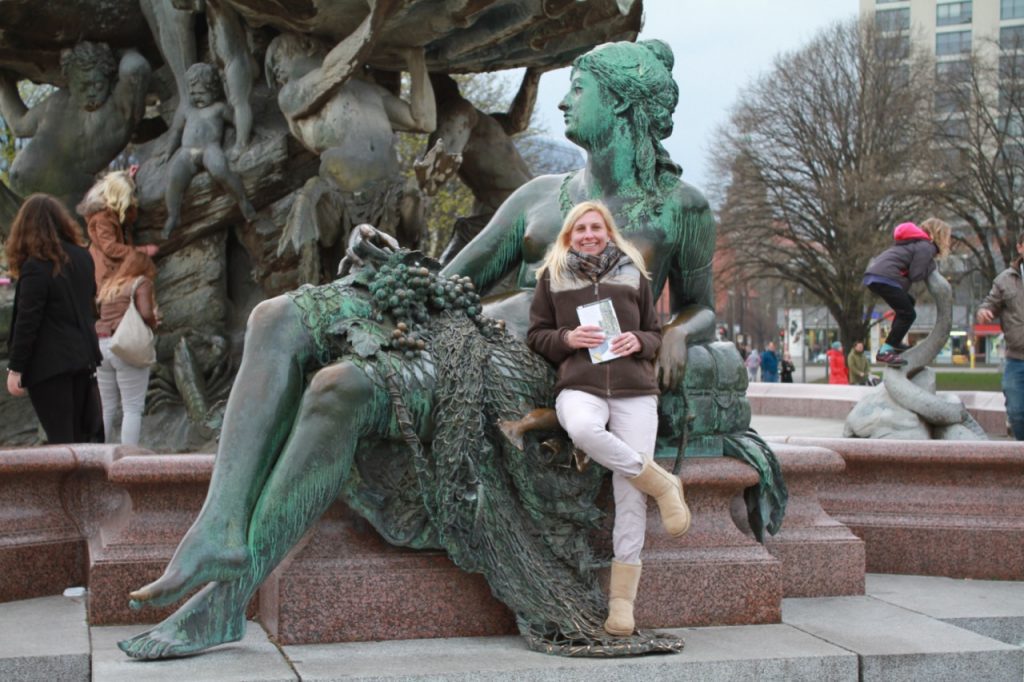
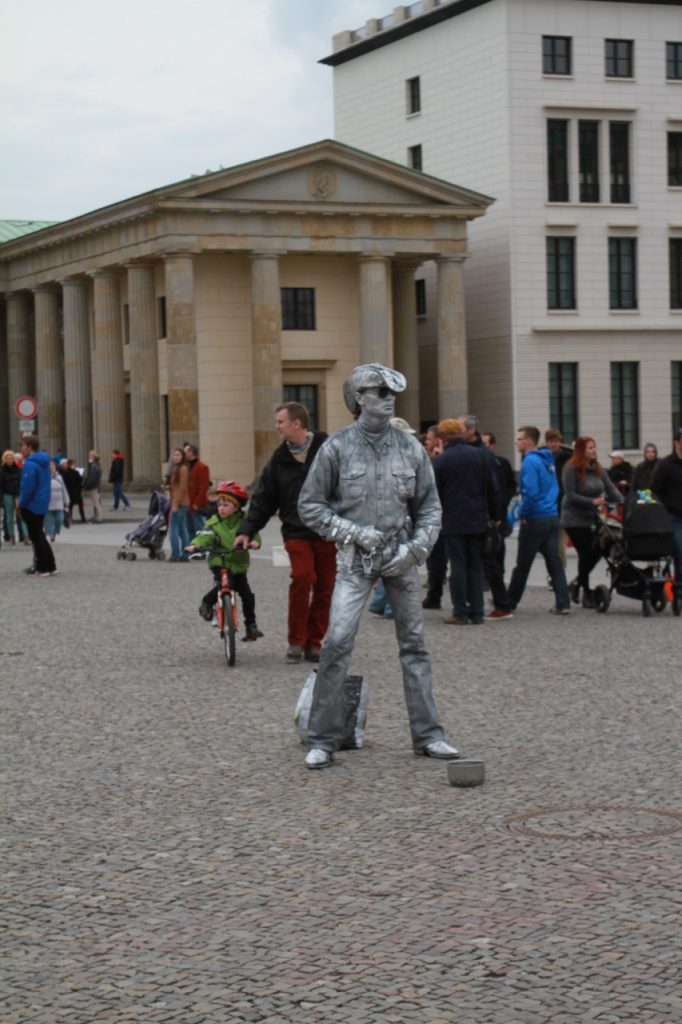
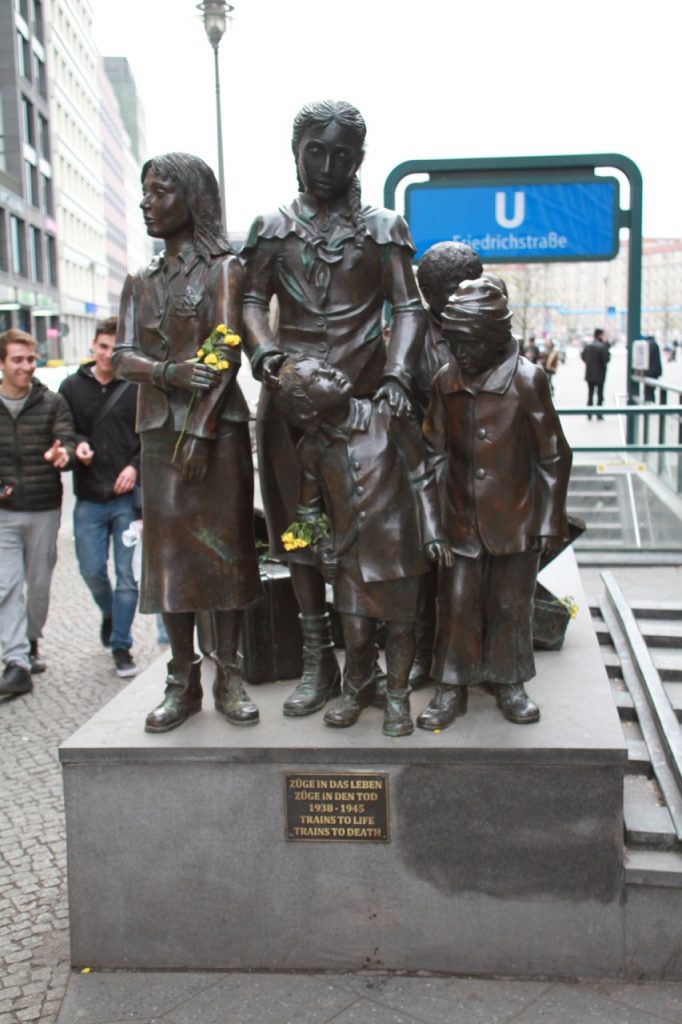
One landmark to see on Museum Island is the mighty Berlin Cathedral. The Neo-Renaissance architecture of the Cathedral makes quite a statement in its position on Lustgarten square. While different churches have been in this spot since the 15th century, the current Berlin Cathedral was only finished in 1905. Taking a guided tour inside the cathedral you’ll be shown not only the church interior, but also the Hohenzollern Crypt where many royals have been laid to rest along with the panoramic terrace around the exterior of the cathedral’s large dome.
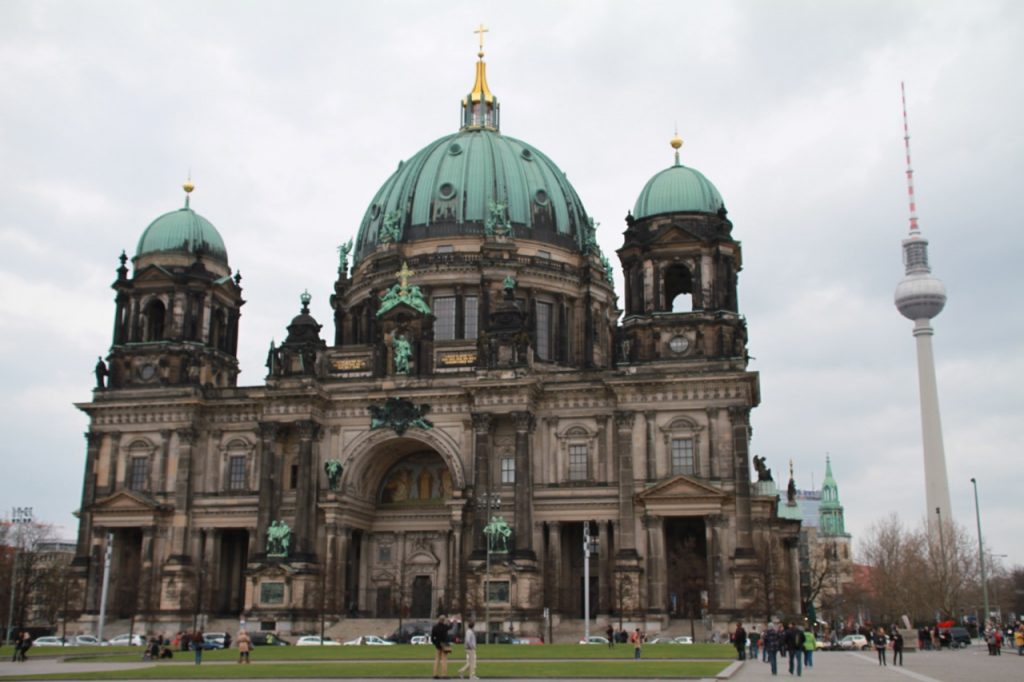
The memorial to the murdered Jews of Europe is a sombre place. Still lingering in the troubled past of Berlin, we come to the most sobering sight in the city, the Berlin Holocaust Memorial. Its full name is the Memorial to the Murdered Jews of Europe, and it is a memorial to the victims of the Holocaust. Across a massive square which gently slopes, 2,711 concrete slabs symbolize the lives lost. The memorial is said to have been designed to create a sense of unease.
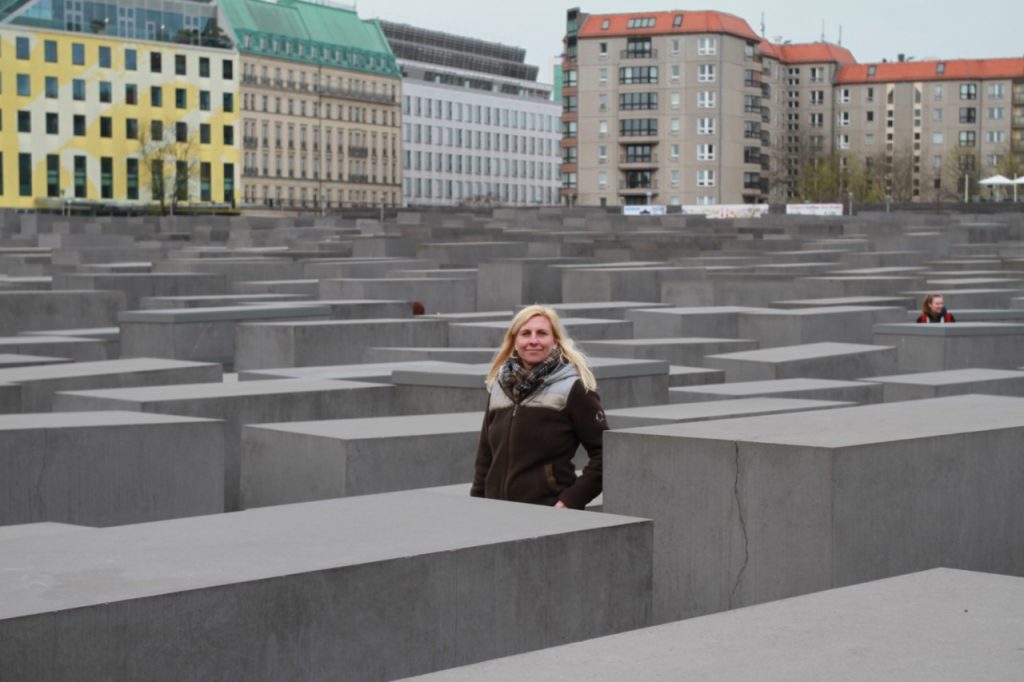
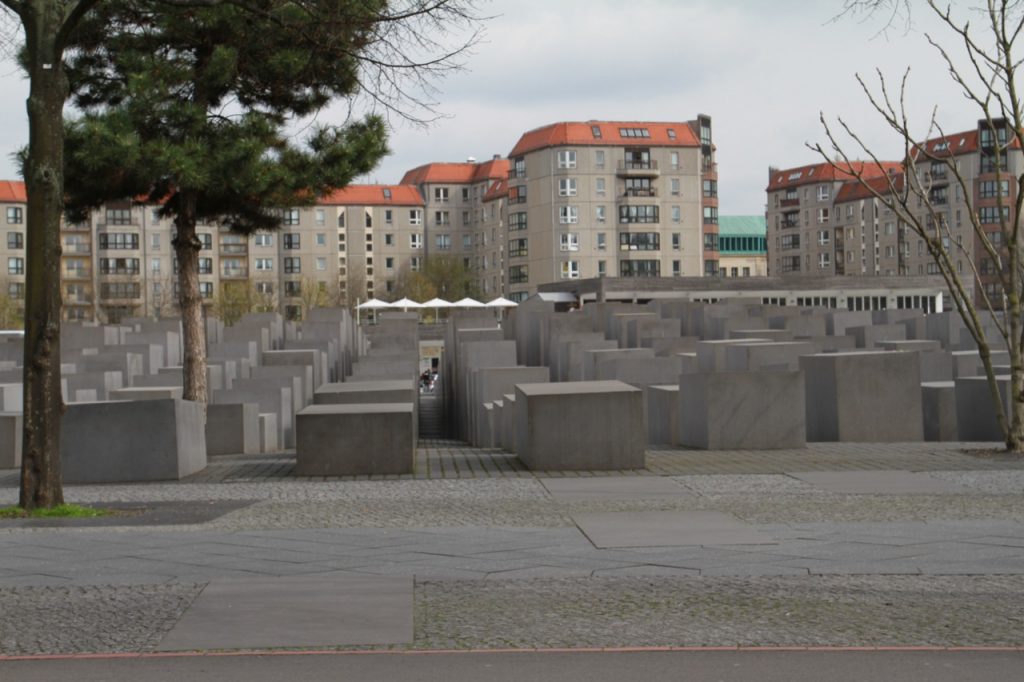
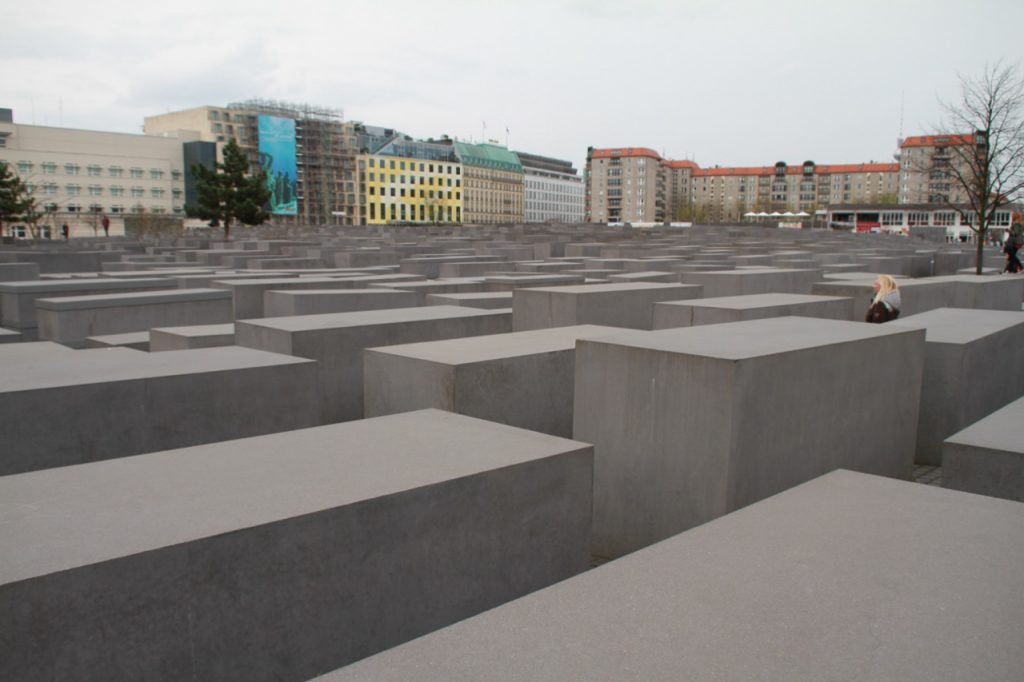
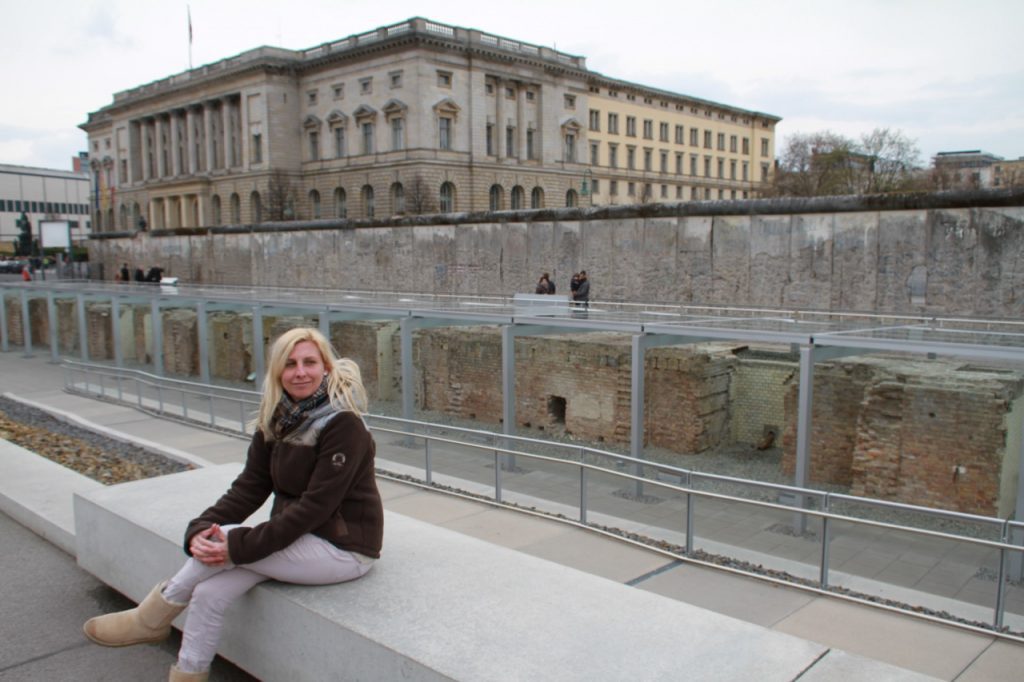
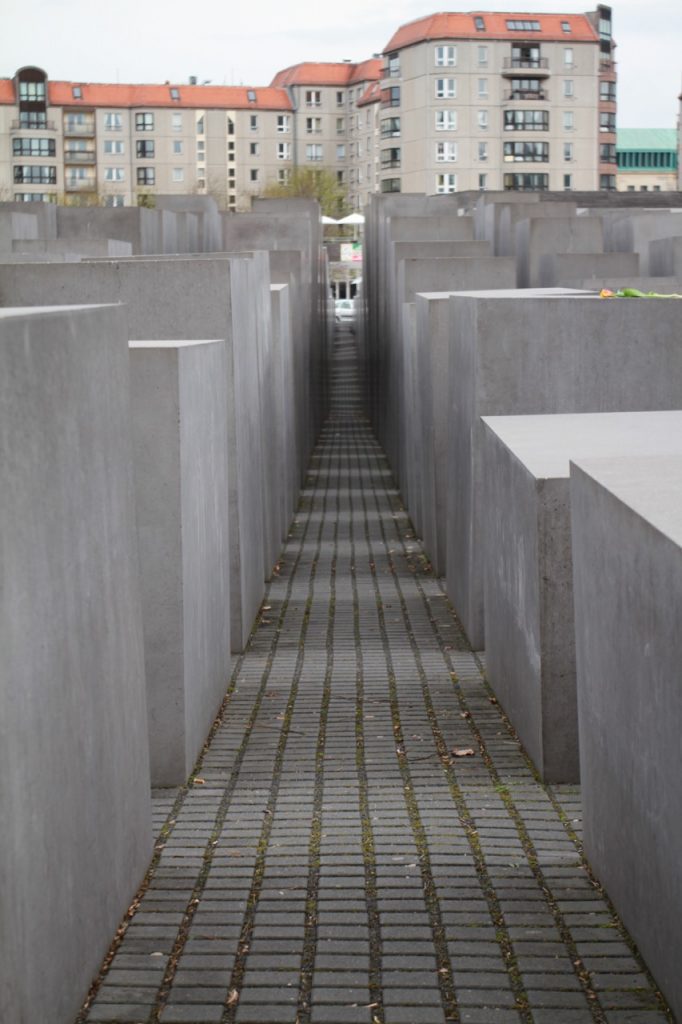
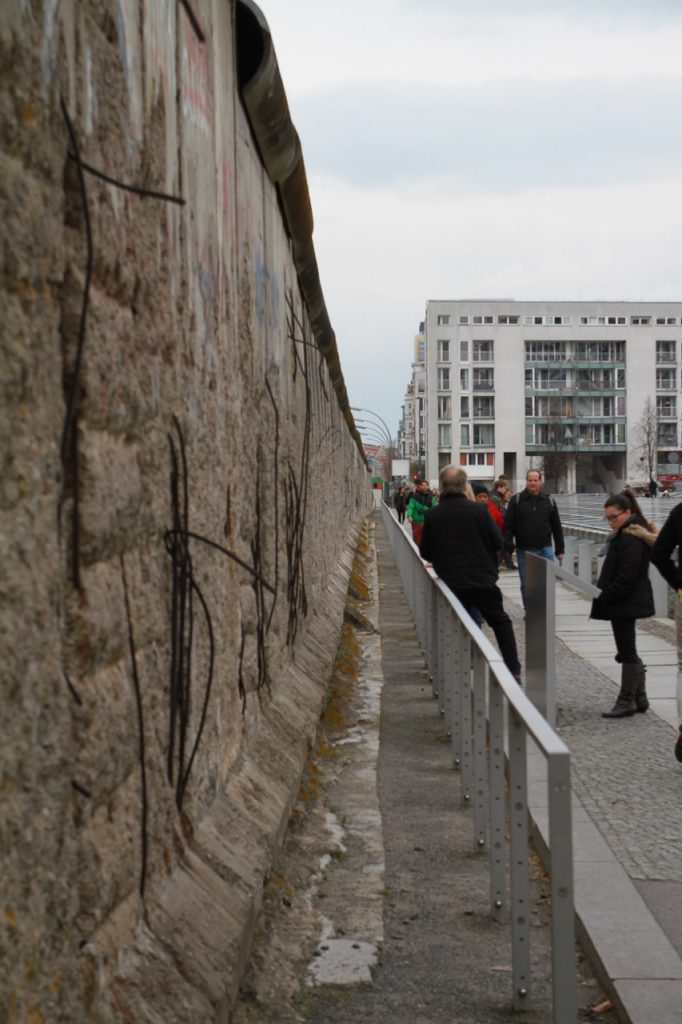
There are some quirky sights! A chap playing music on glasses filled with varying levels of water kept us entertained! We enjoyed a curry Worst and a beer at the Wall.
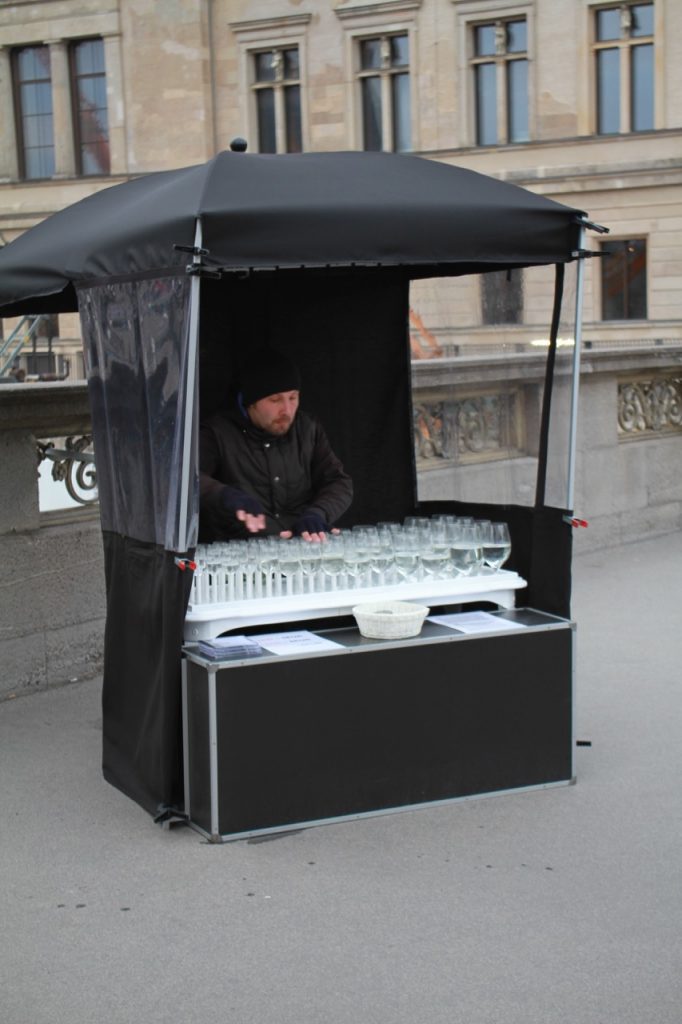
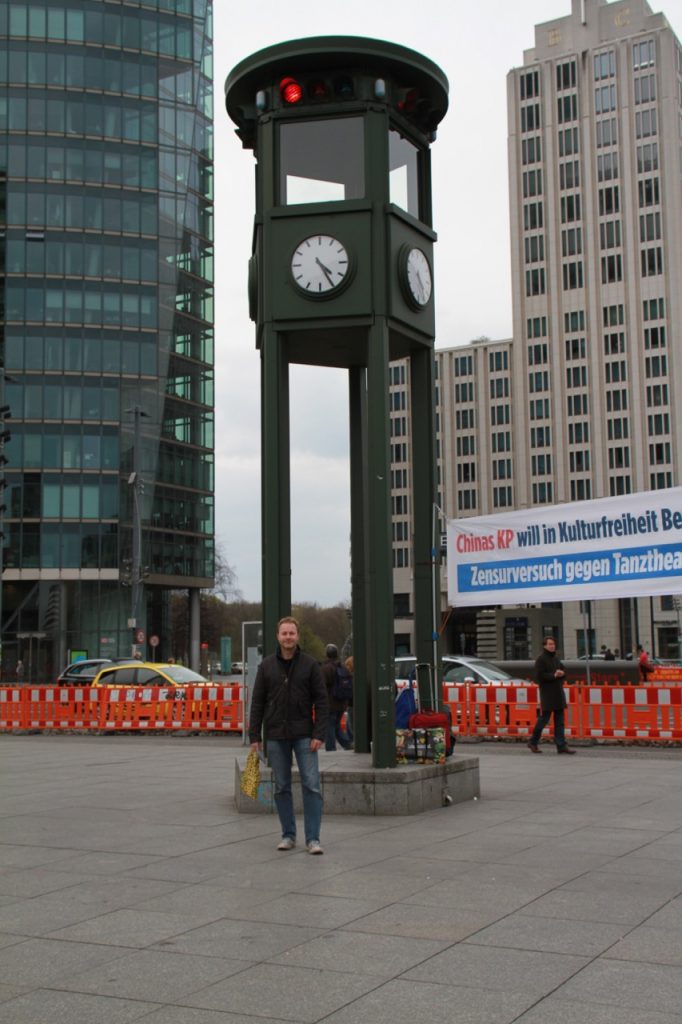
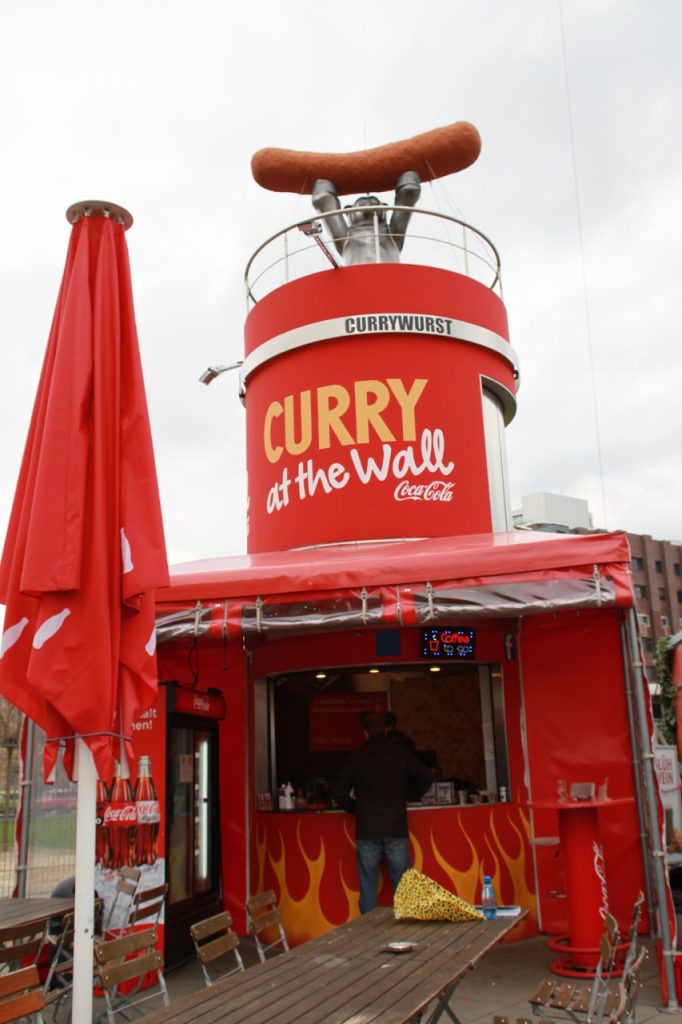
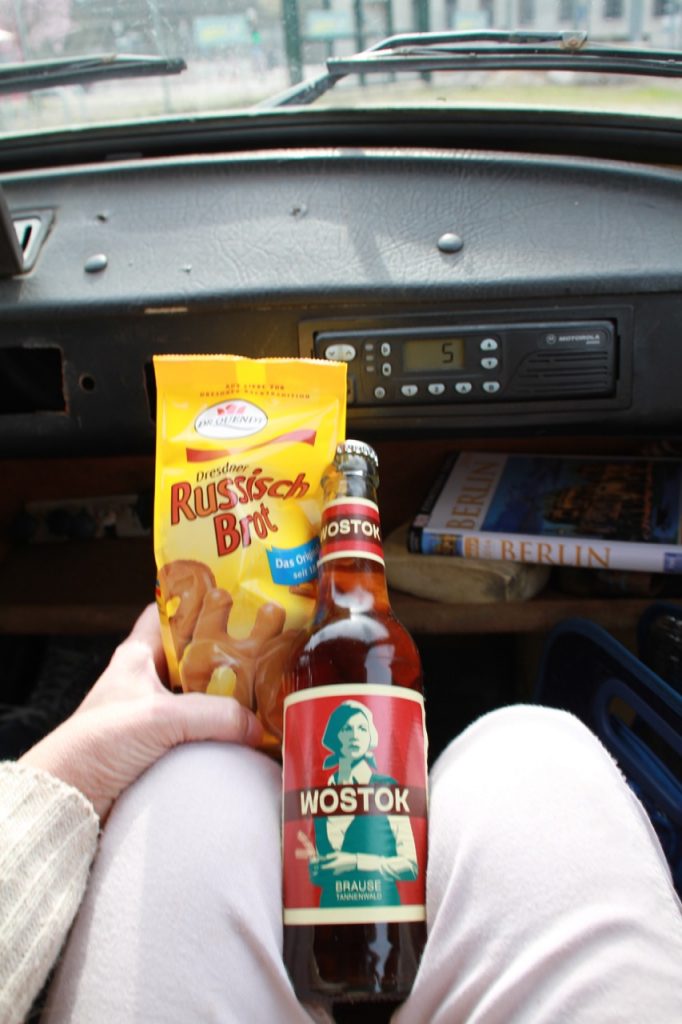
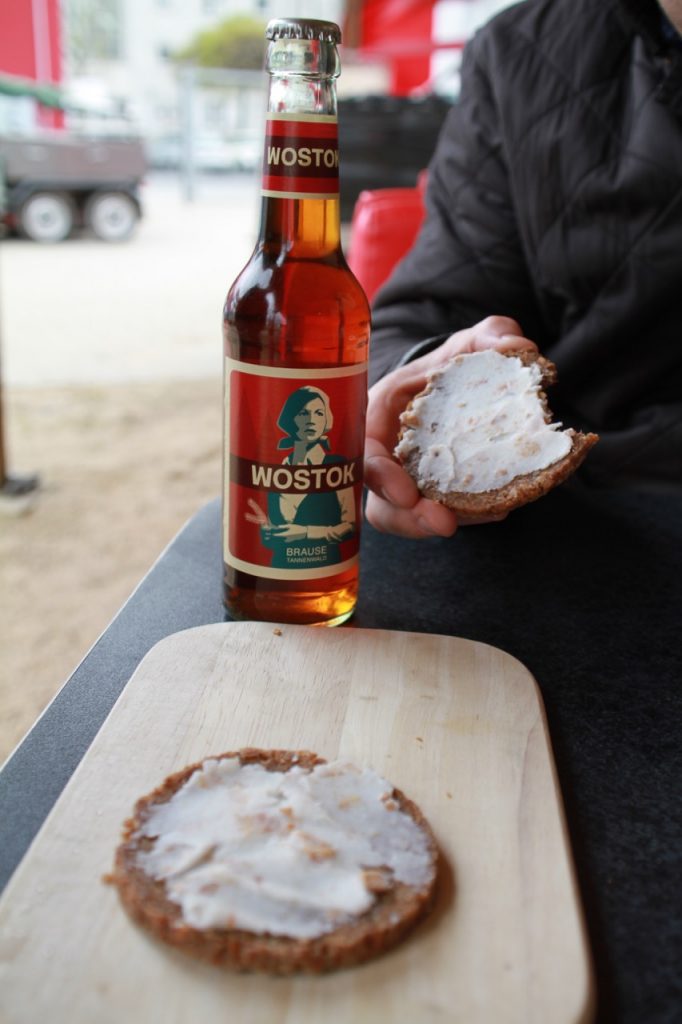
An absolute highlight for us was the Trabi Tour which followed the lines of the Wall and takes you through the dreaded Checkpoint Charlie as though it was in the 1970s – sobering…
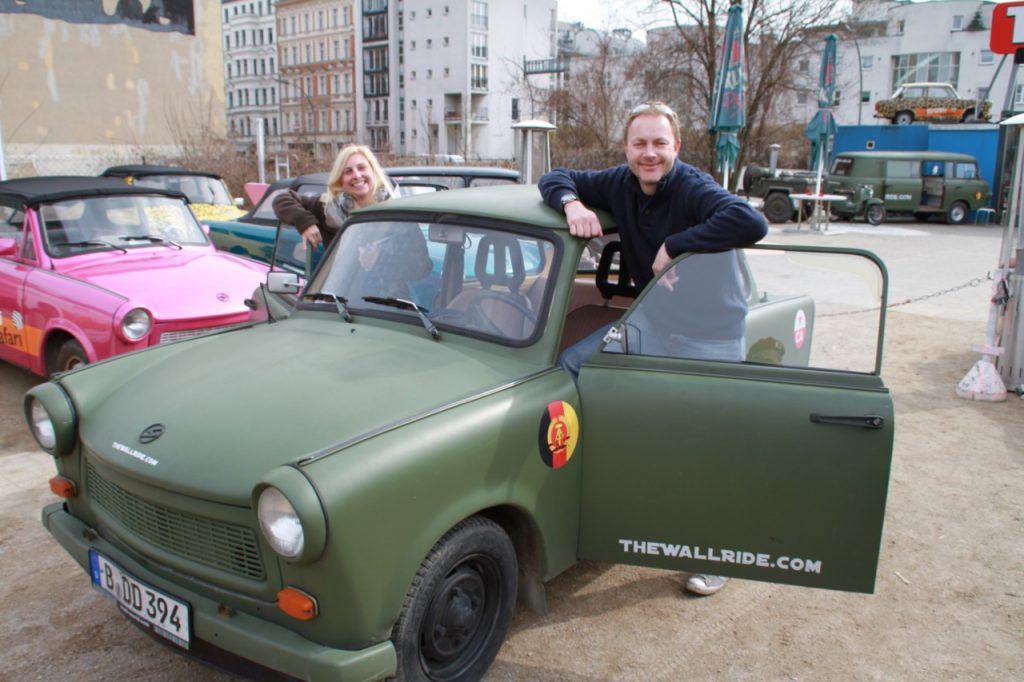
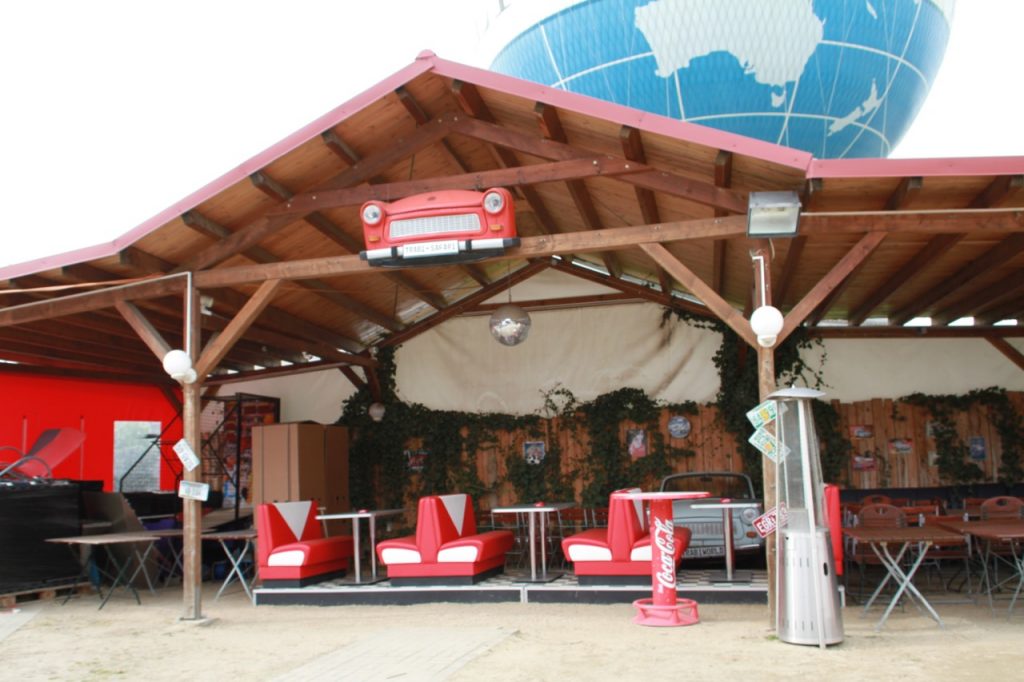
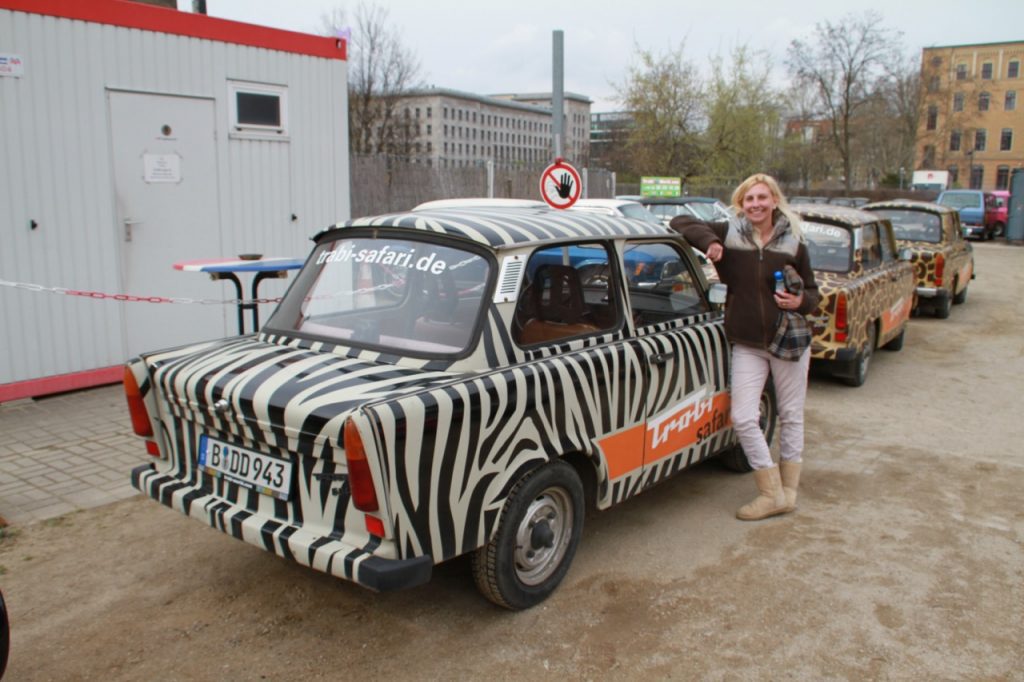
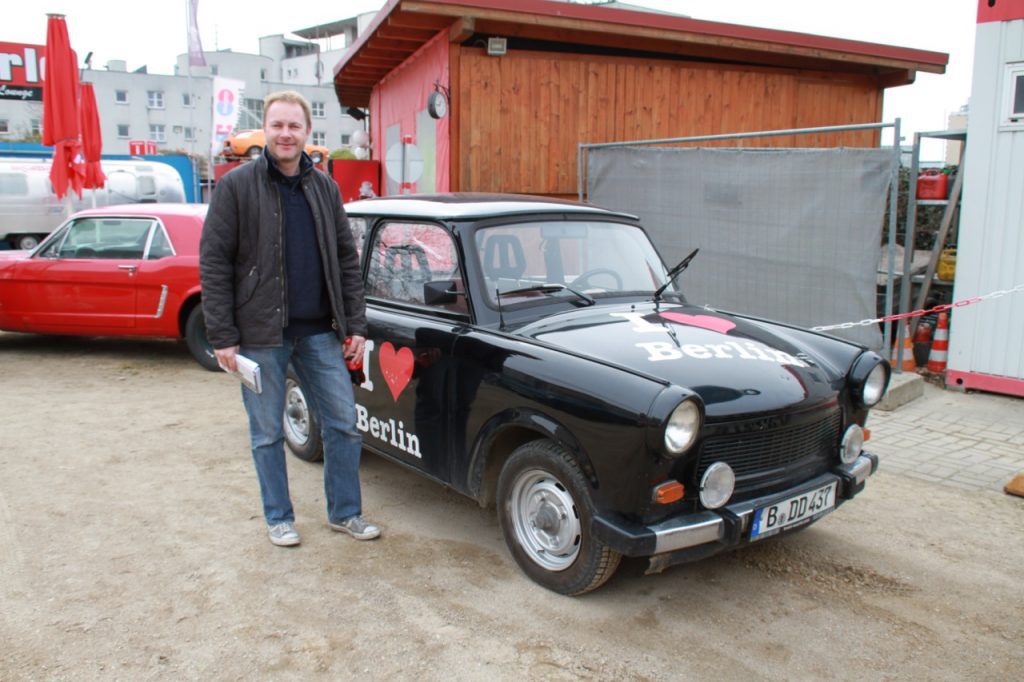
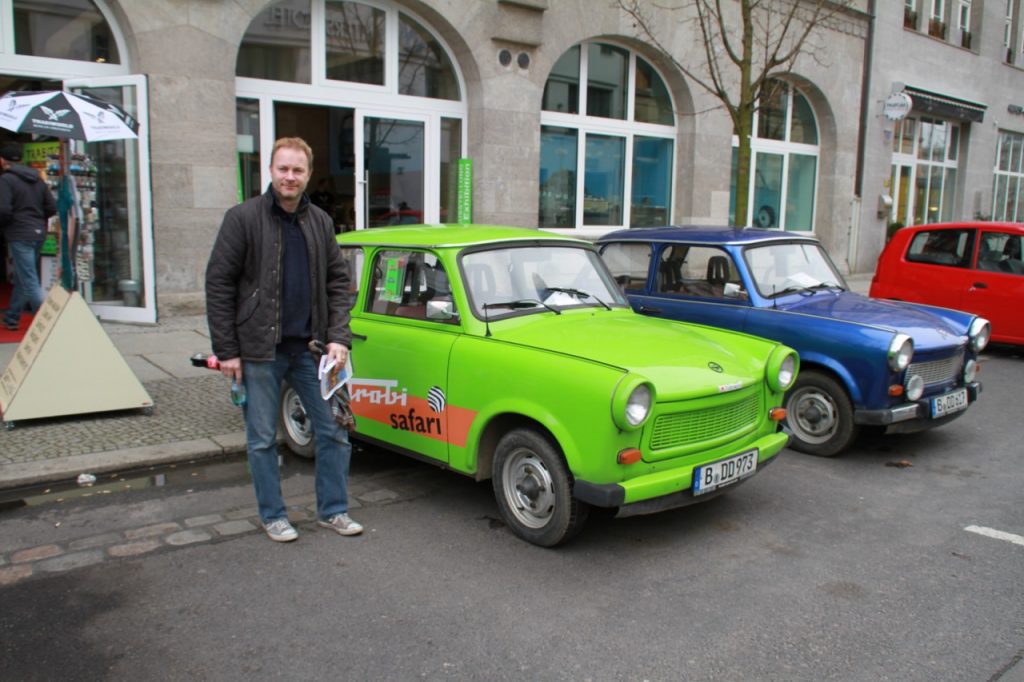
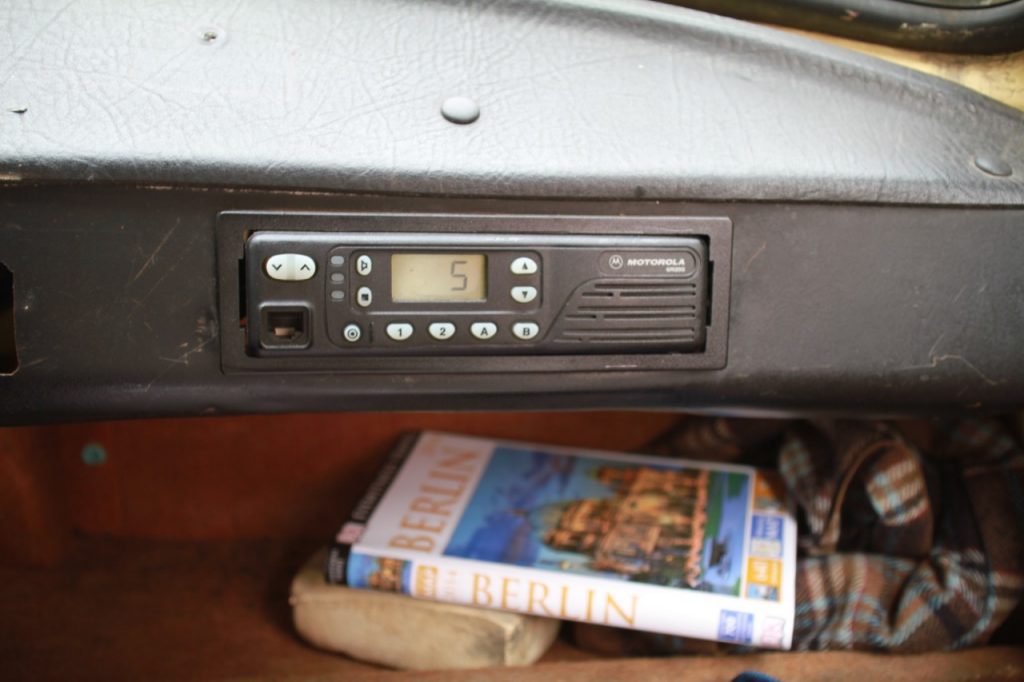
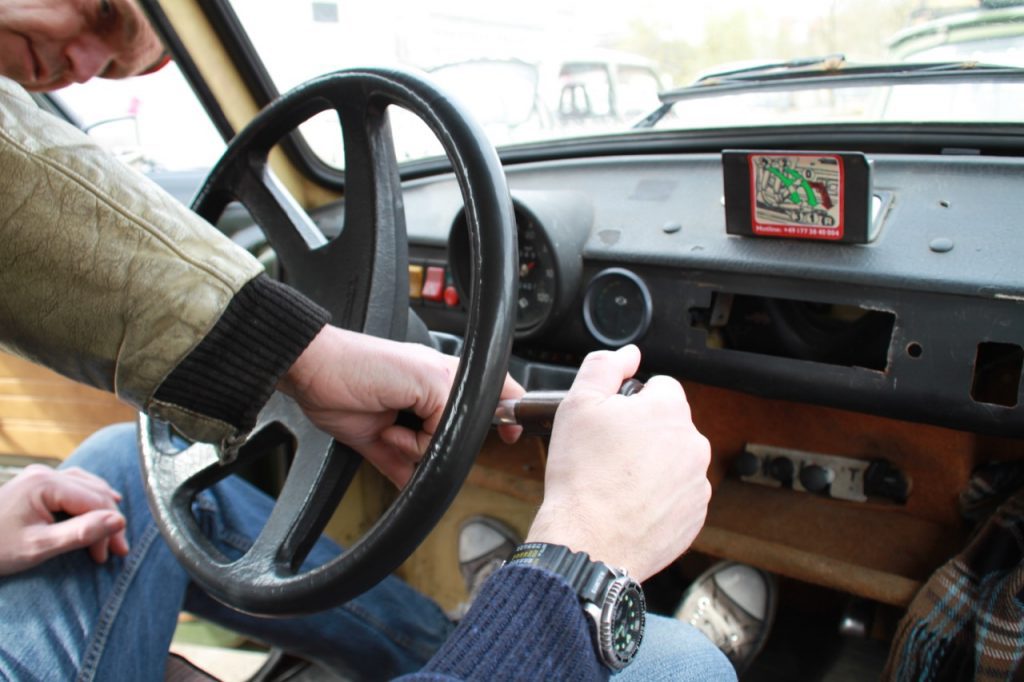
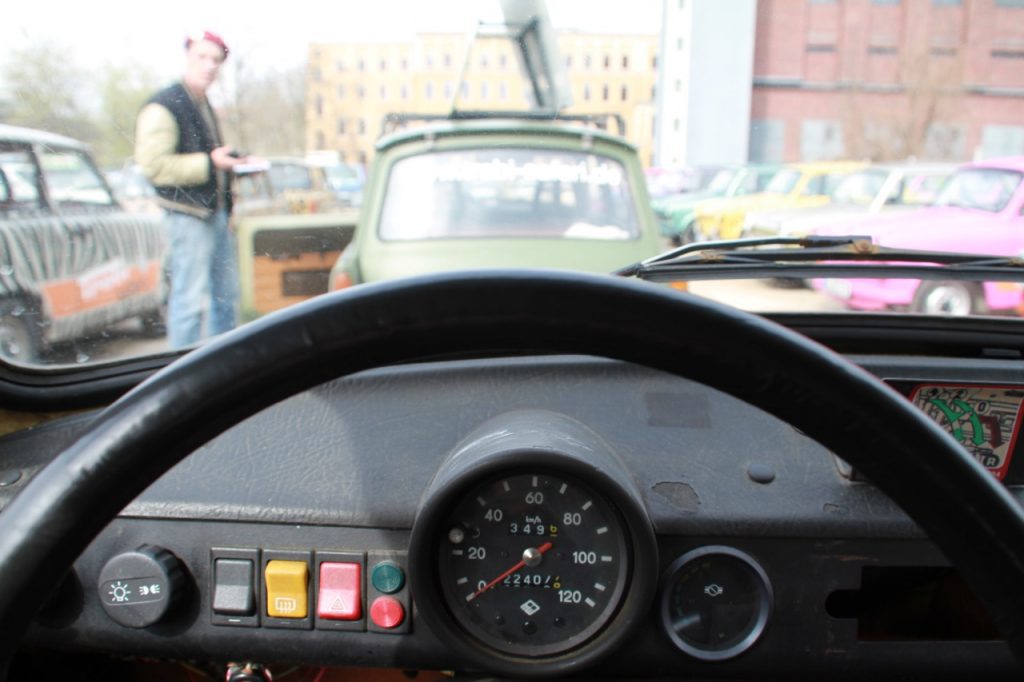
This 75minute self drive through Berlin in the official car of the DDR was so interesting! Squeeze yourself behind the wheel of a Trabant of your choice and putter around the capital. SO cool. We ended the tour with a beer and snack of the time.
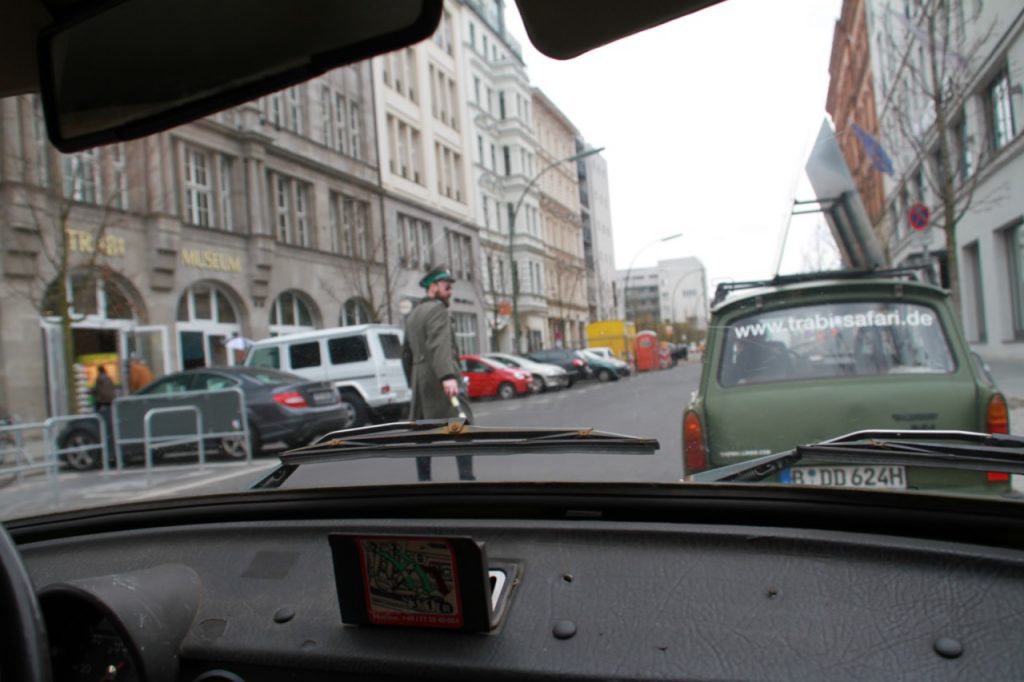
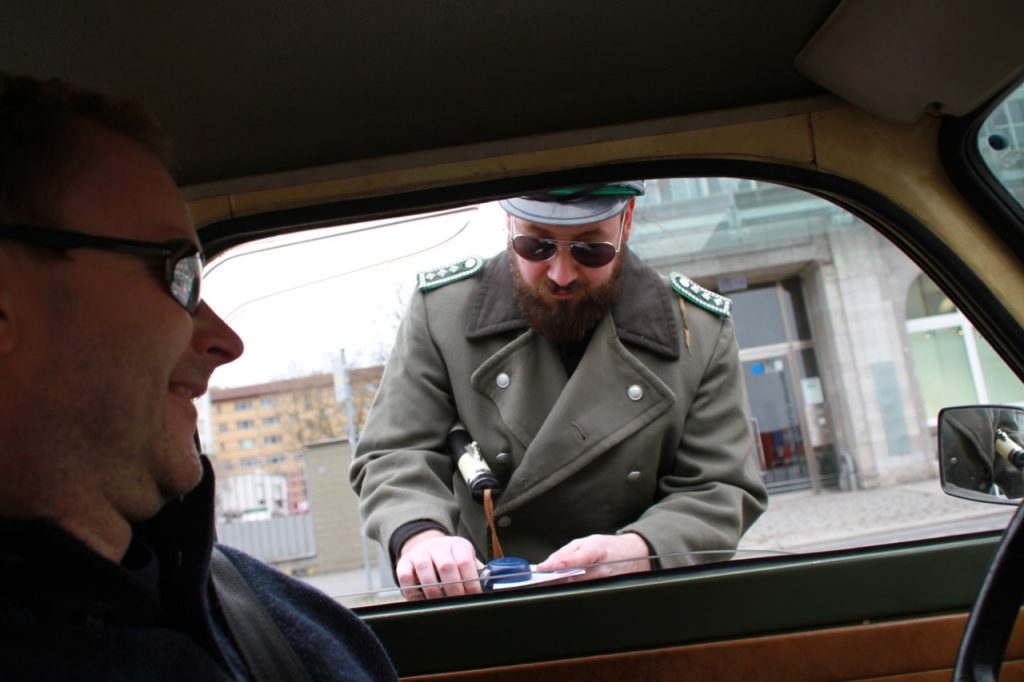
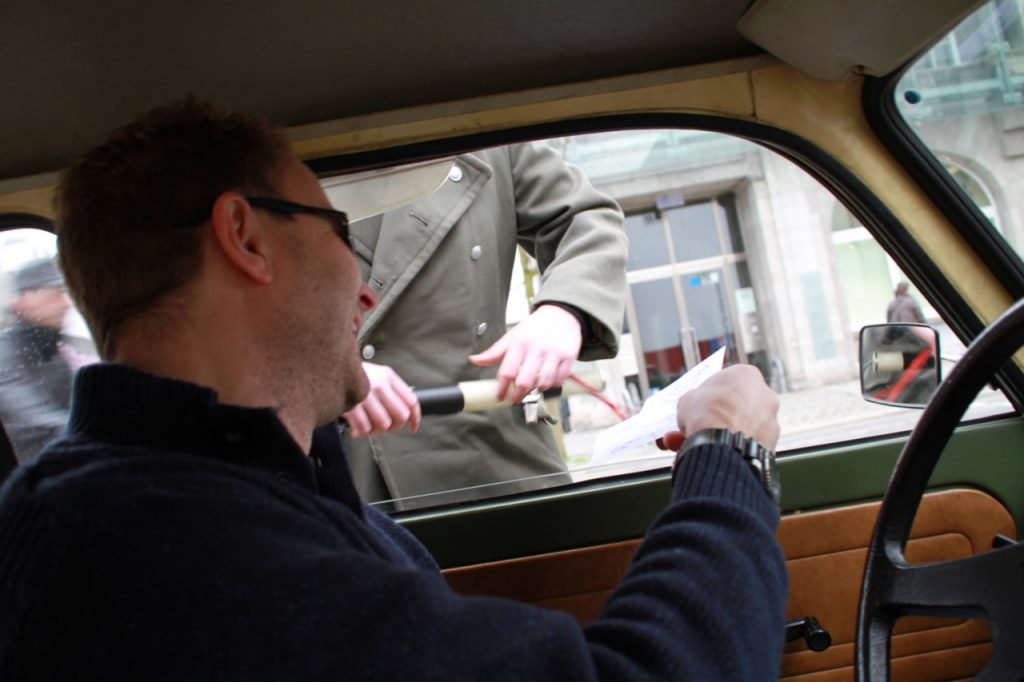
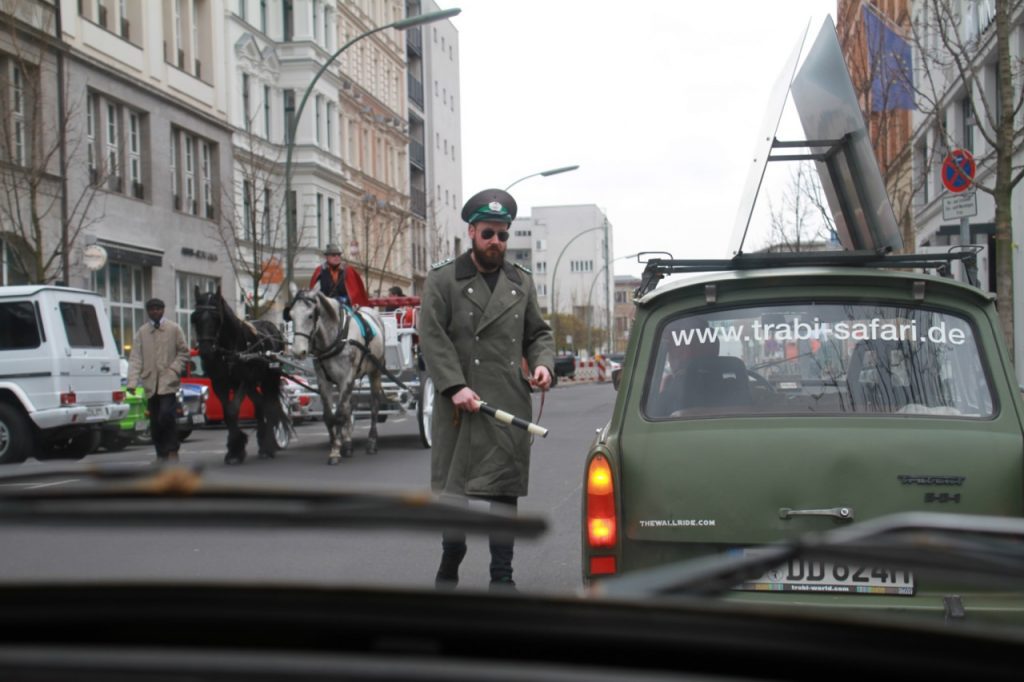
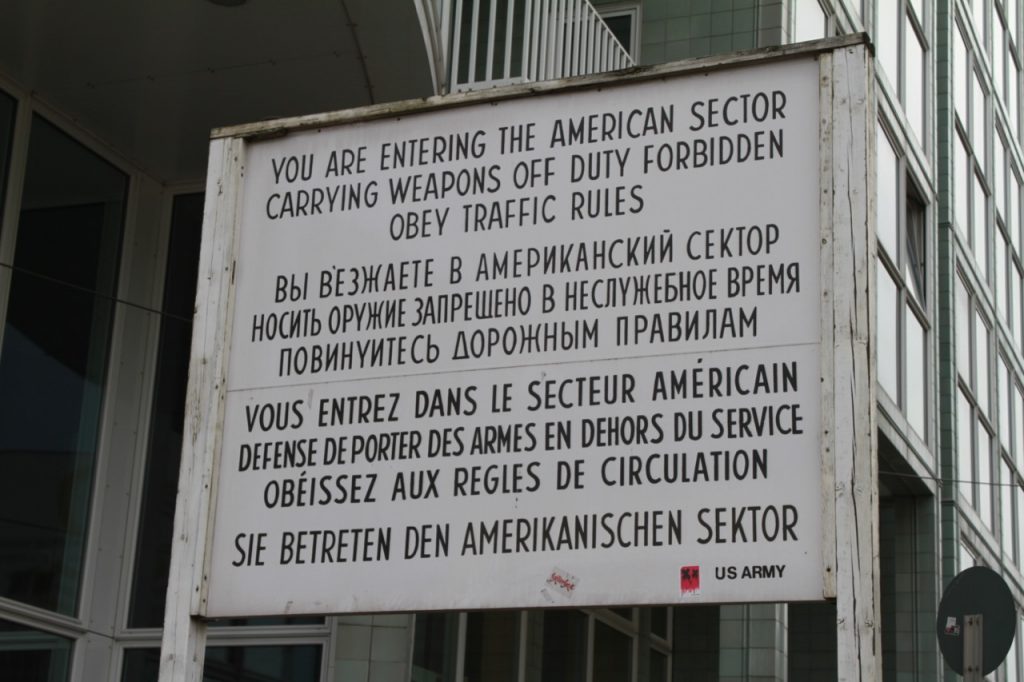
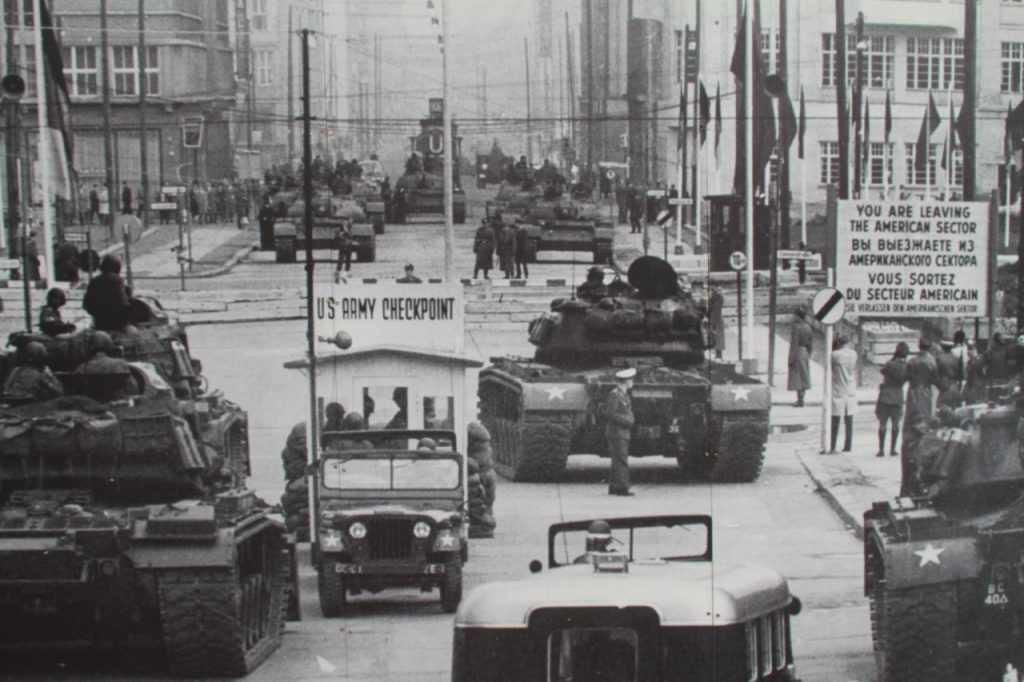
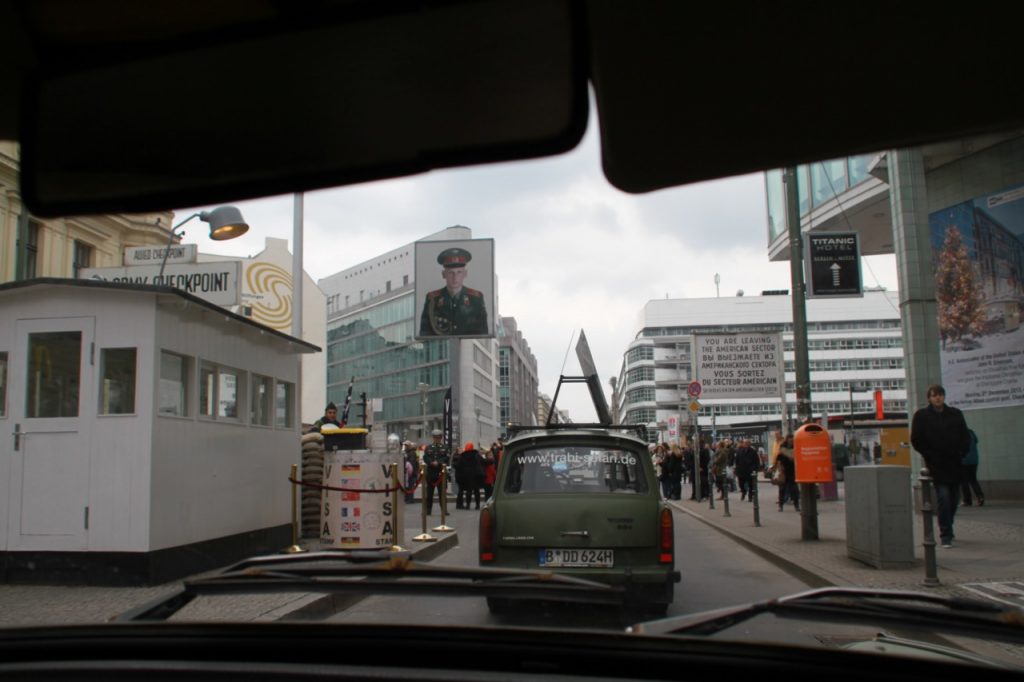
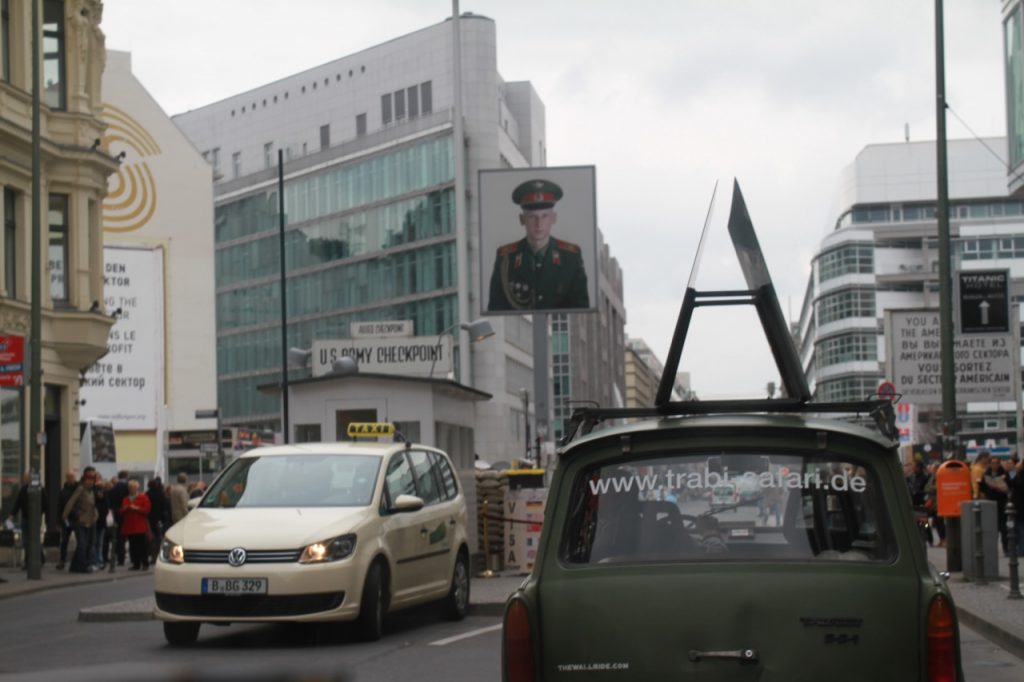
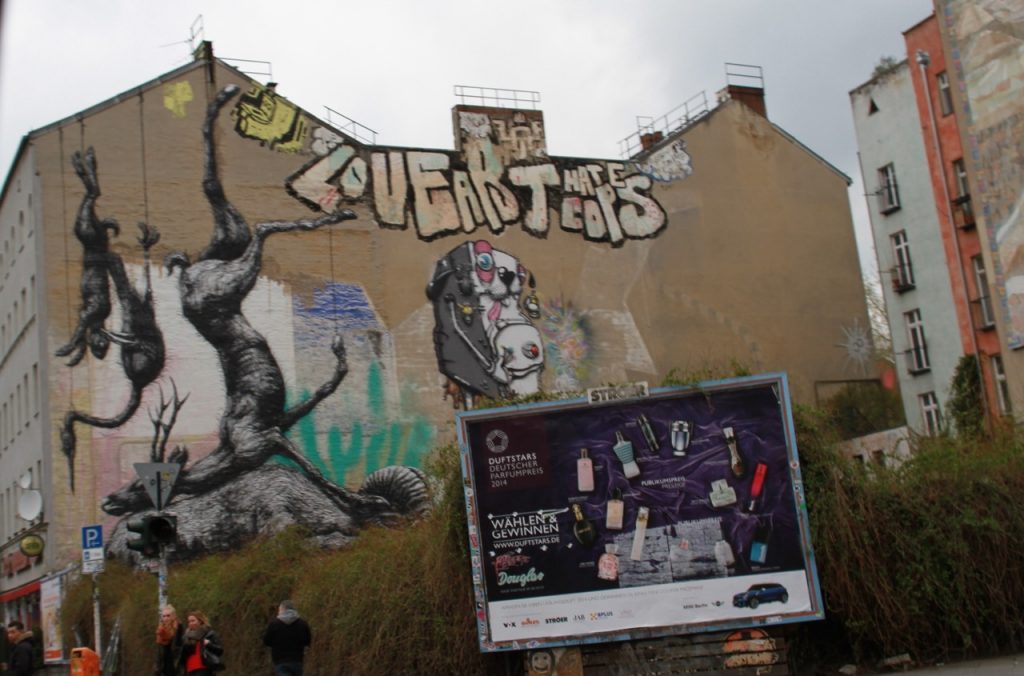
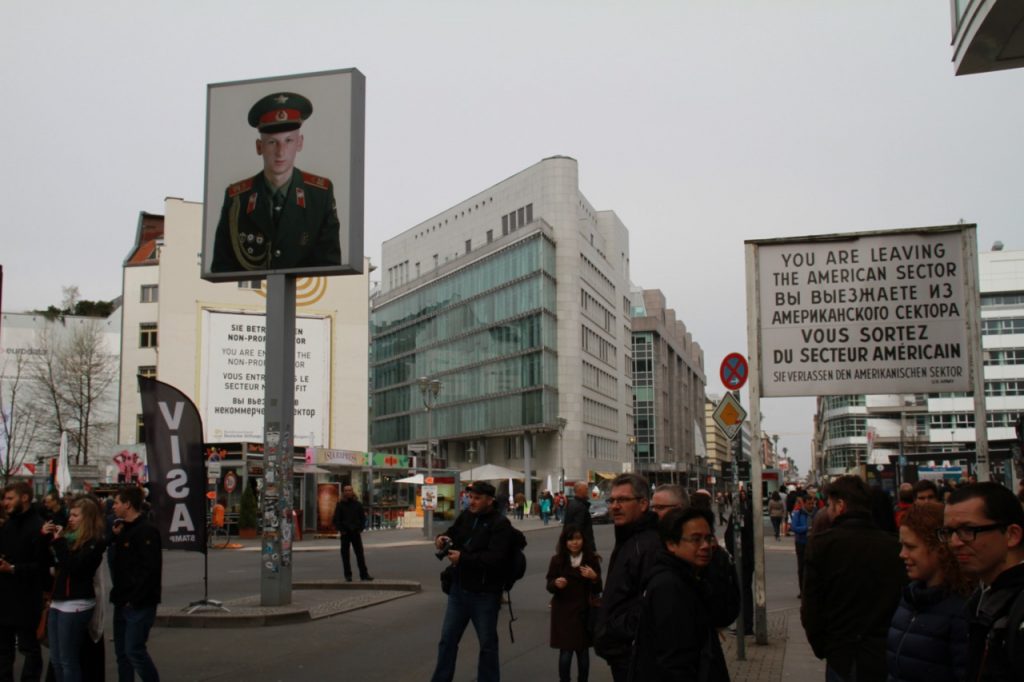
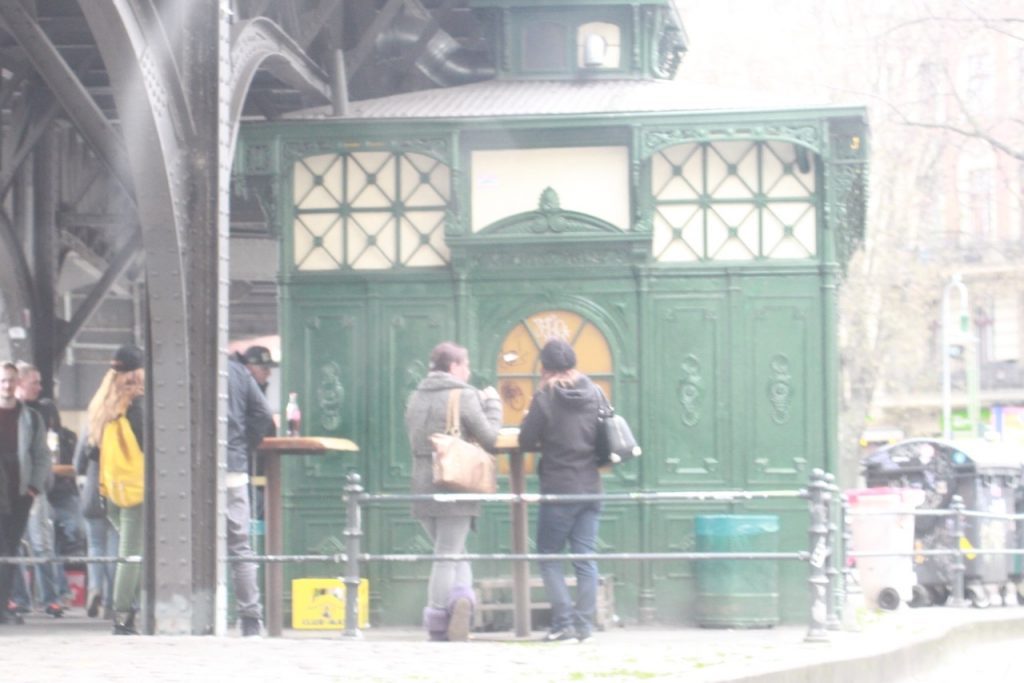
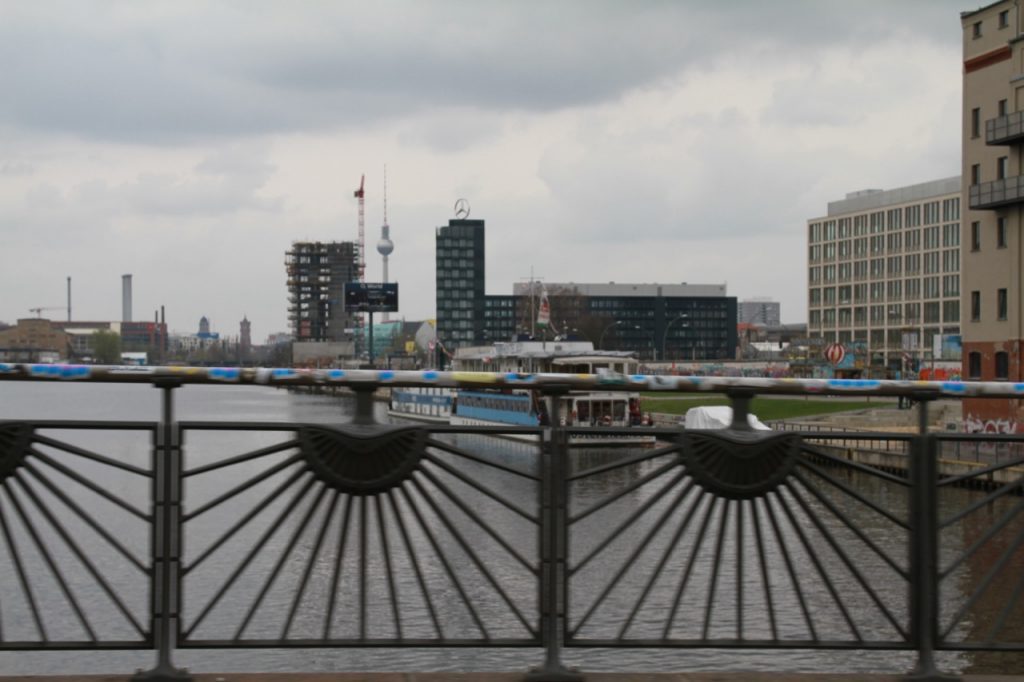

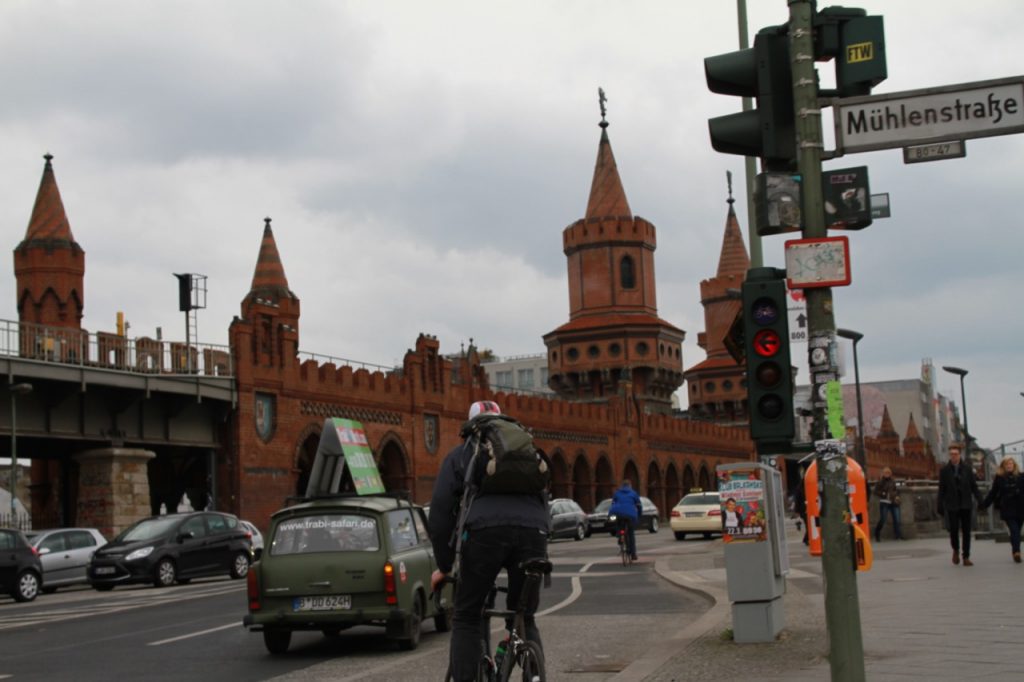
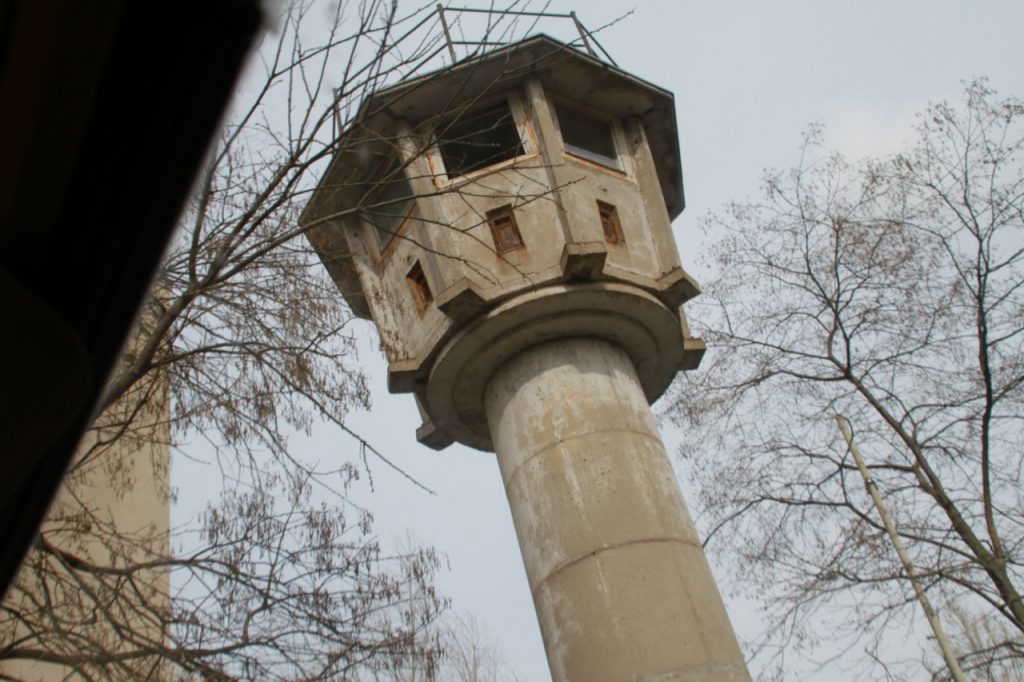
We passed through the famed road of graffiti walls … The art on the Berlin Wall was a form of rebellion against the repression and division the wall brought to the everyday lives of Berliners. It was a way for artists to express their contempt for the wall and its meaning by transforming the drab stone wall into an artistic display of expression and rebellion. Visitors to Berlin have an understandable interest in seeing the Berlin Wall, and one of the best places to see it is at the East Side Gallery. Stretching for over a kilometer, this long section of the Berlin Wall is covered in vivid and creative murals which provide a snapshot of the period surrounding the fall of the wall. You may be most familiar with the mural of Leonid Brezhnev and Erich Honecker kissing, but there is loads more street art to be seen. It may get busy, but there’s a reason this attraction is so popular, so don’t let the crowds put you off.
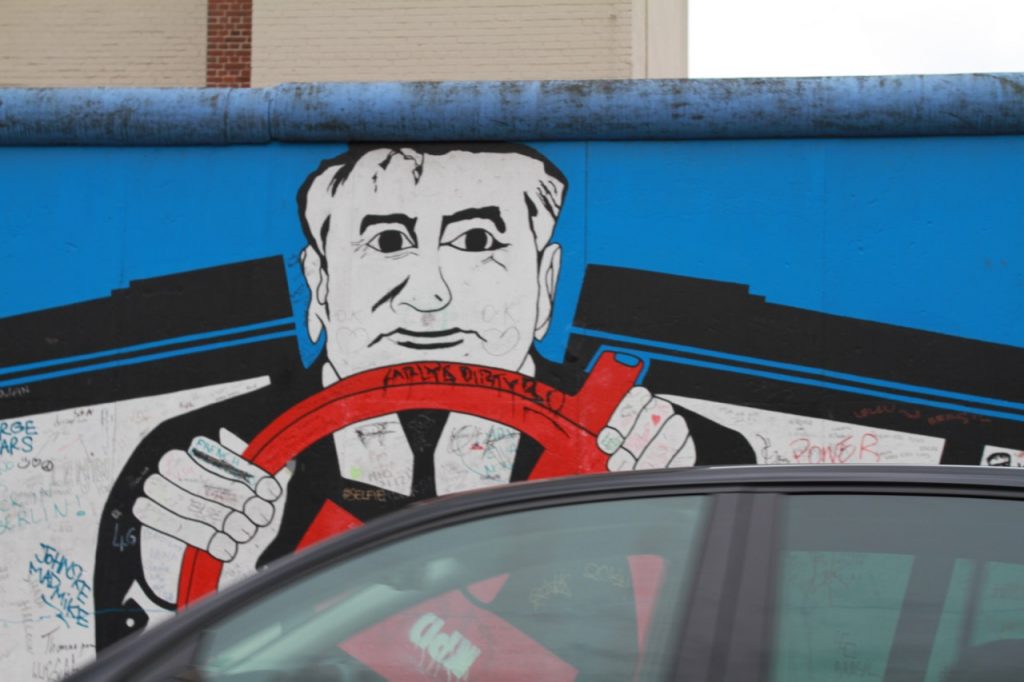
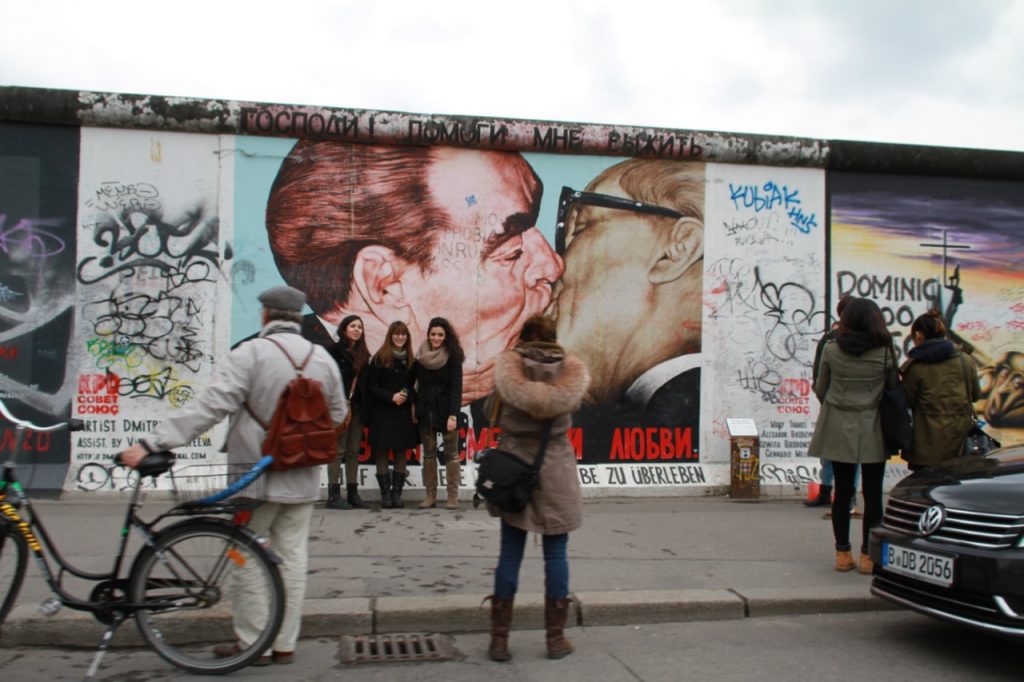
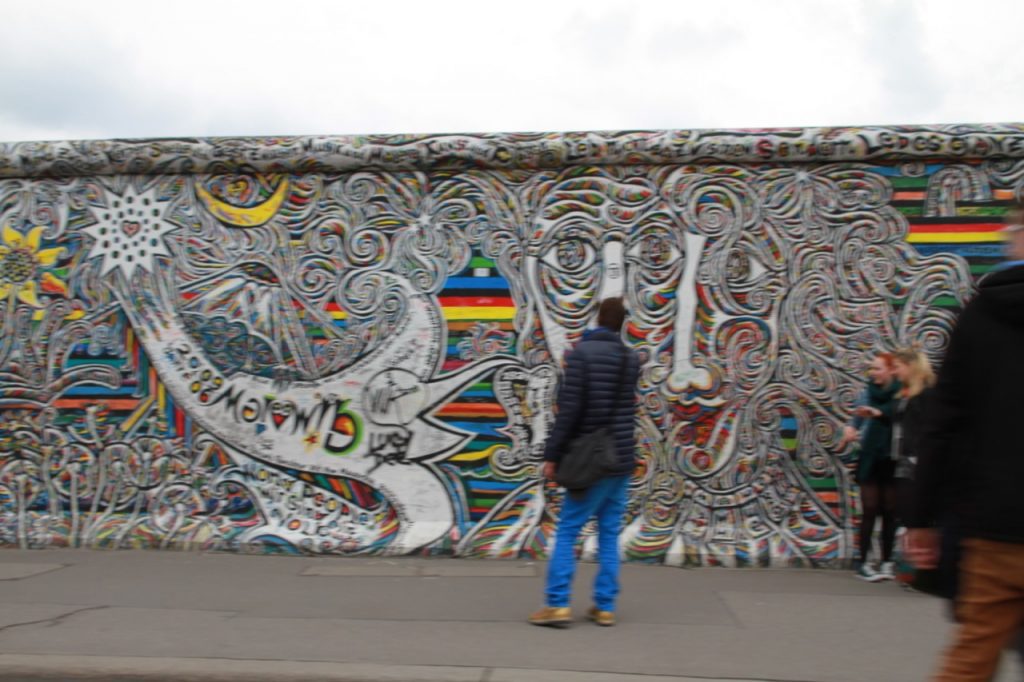
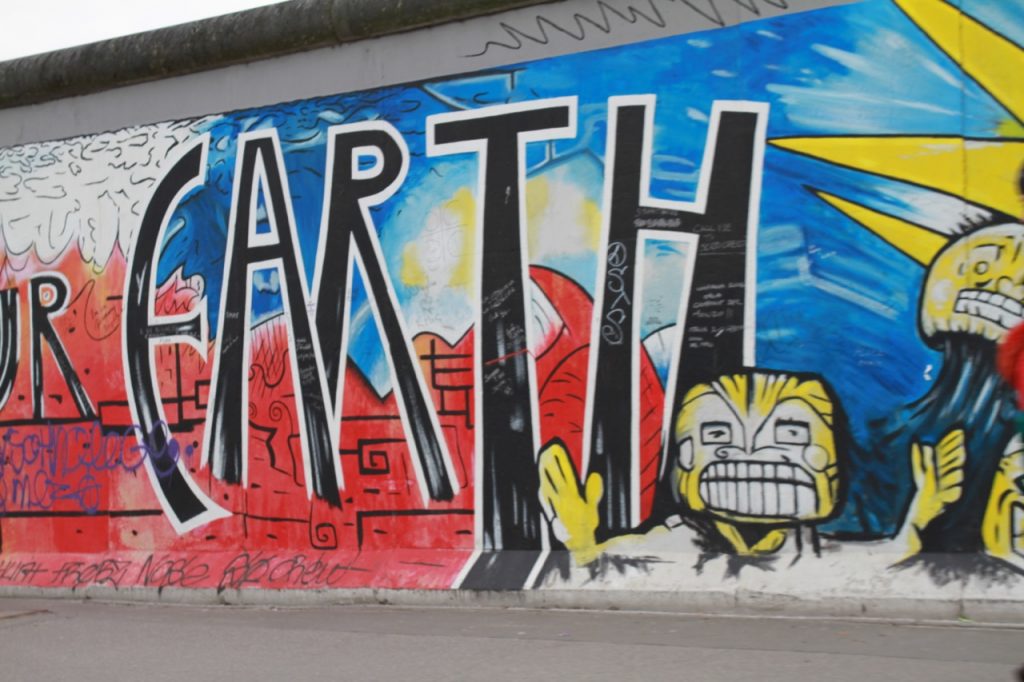
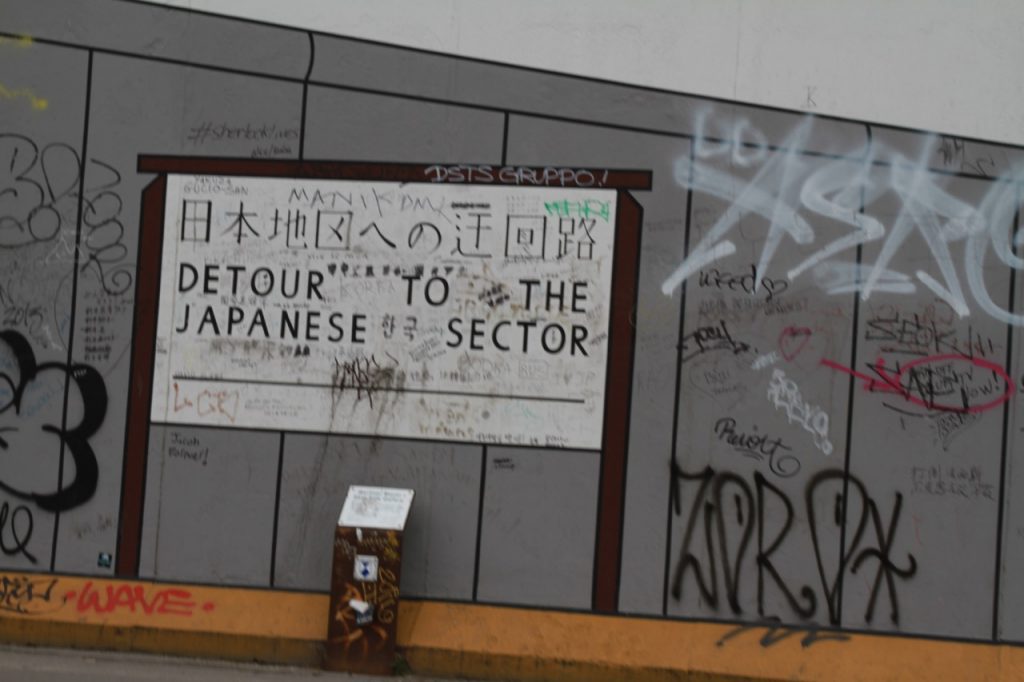
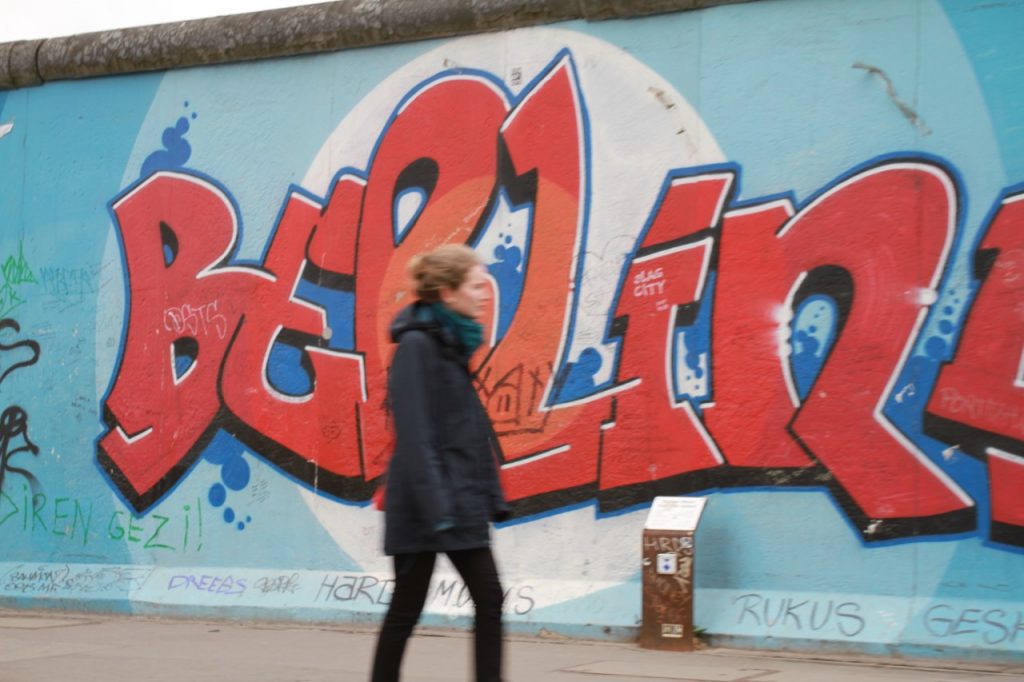
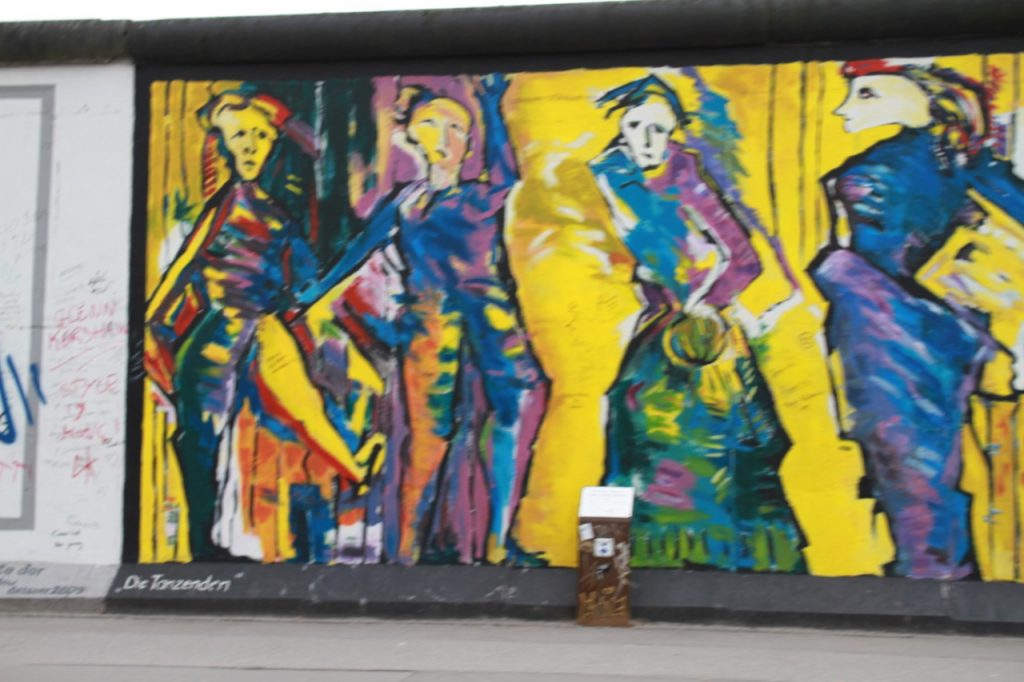
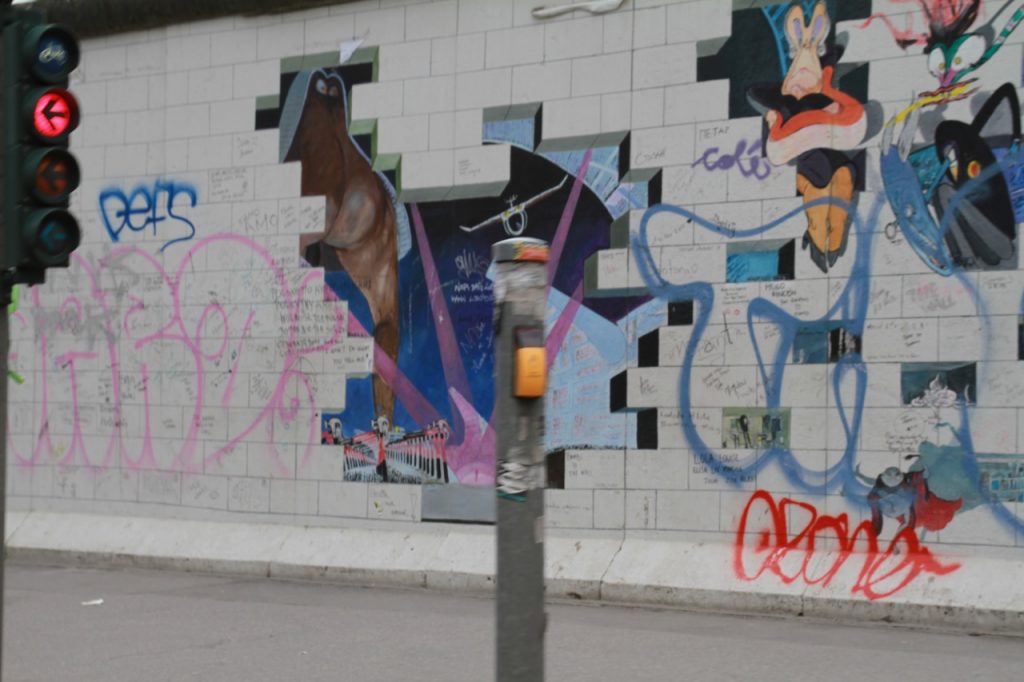
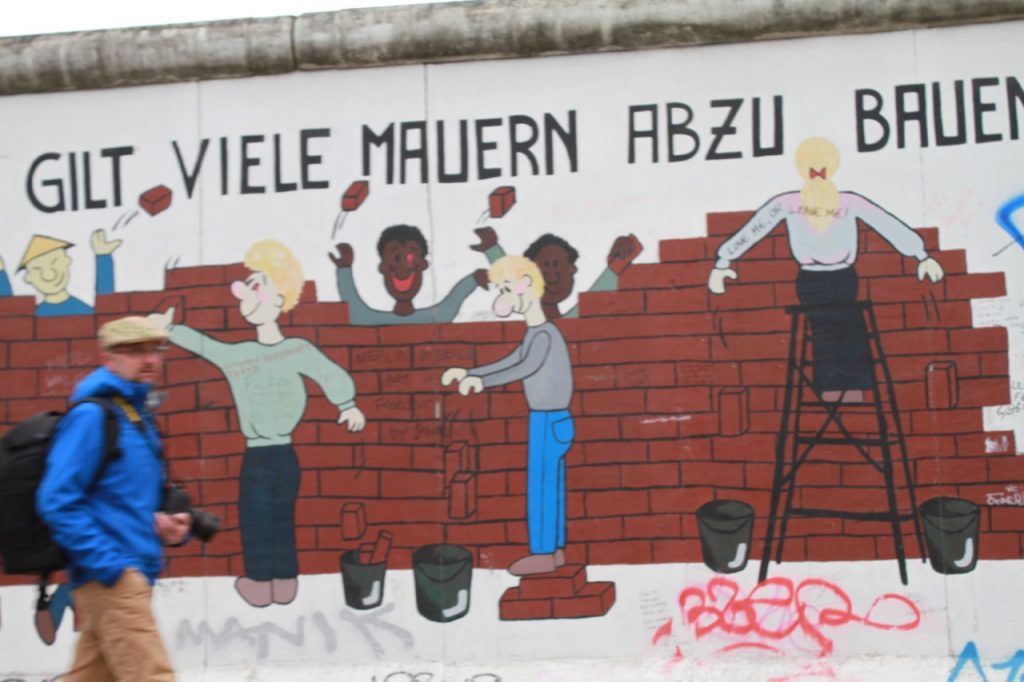

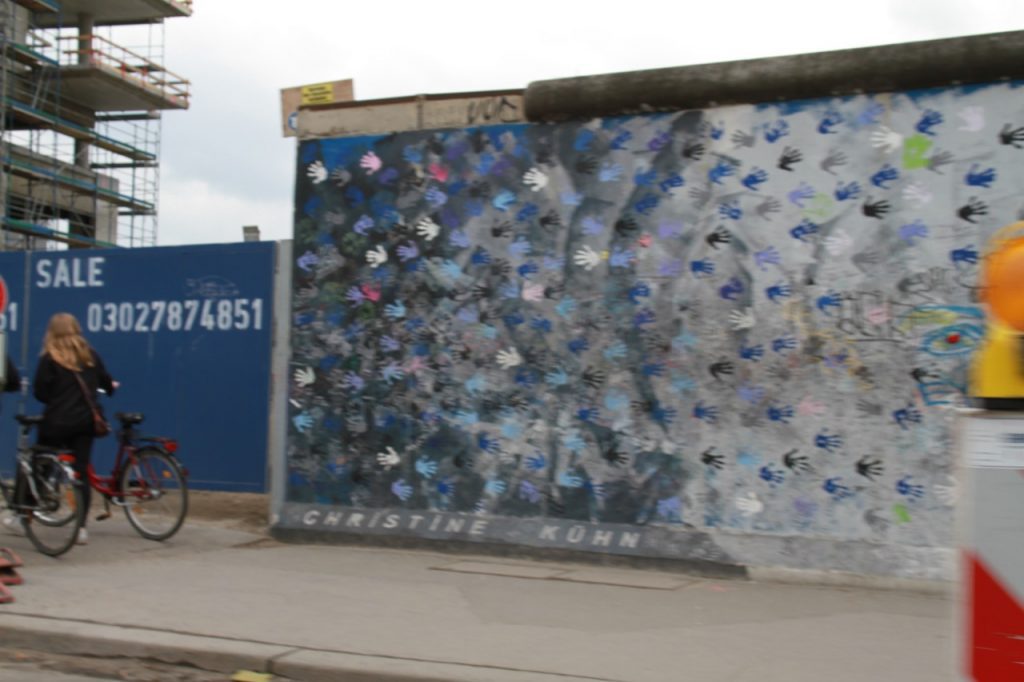
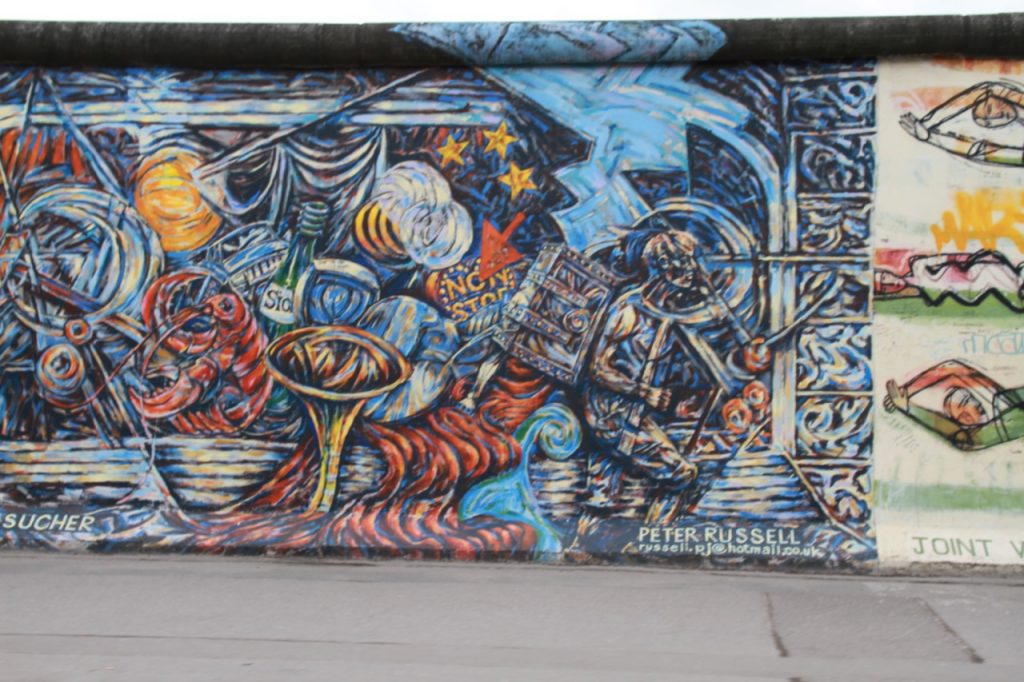
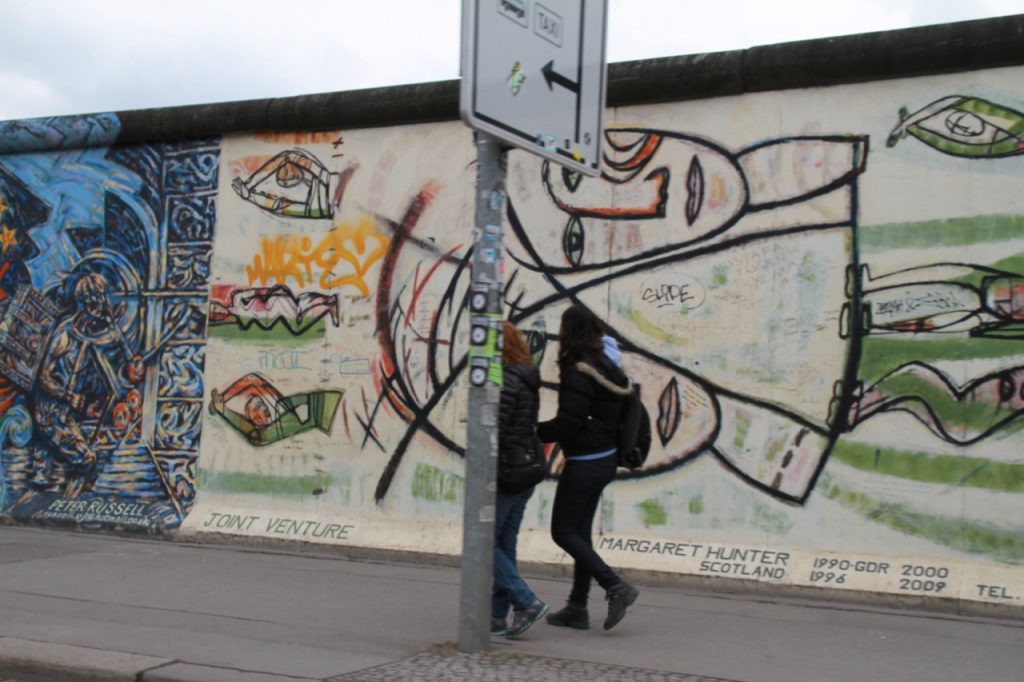
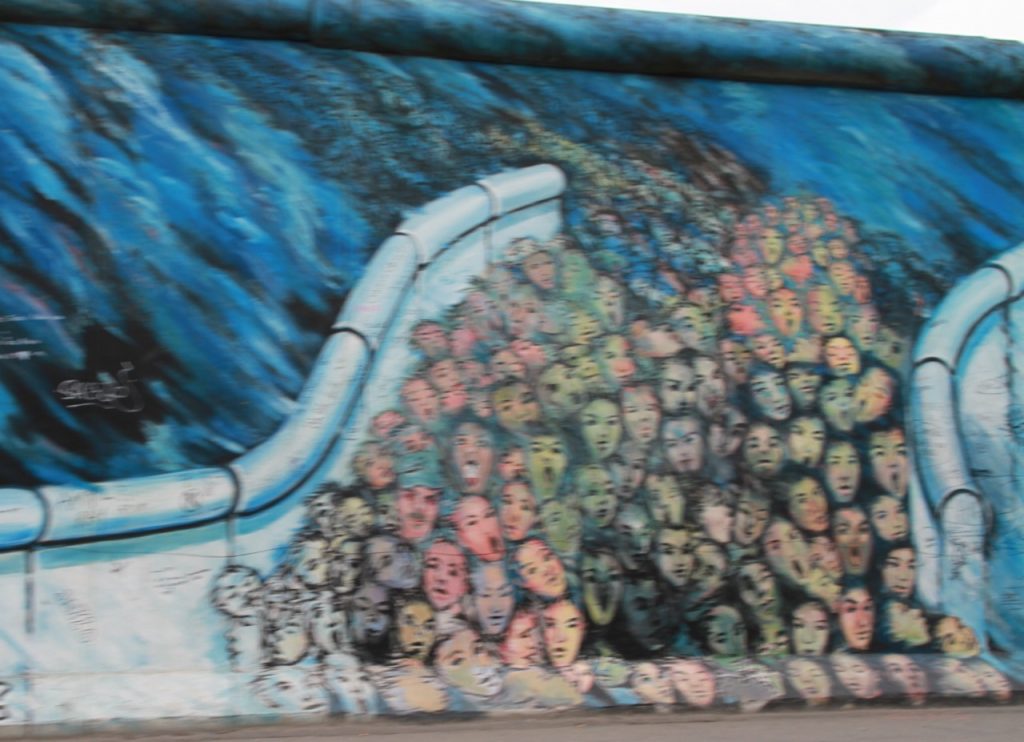
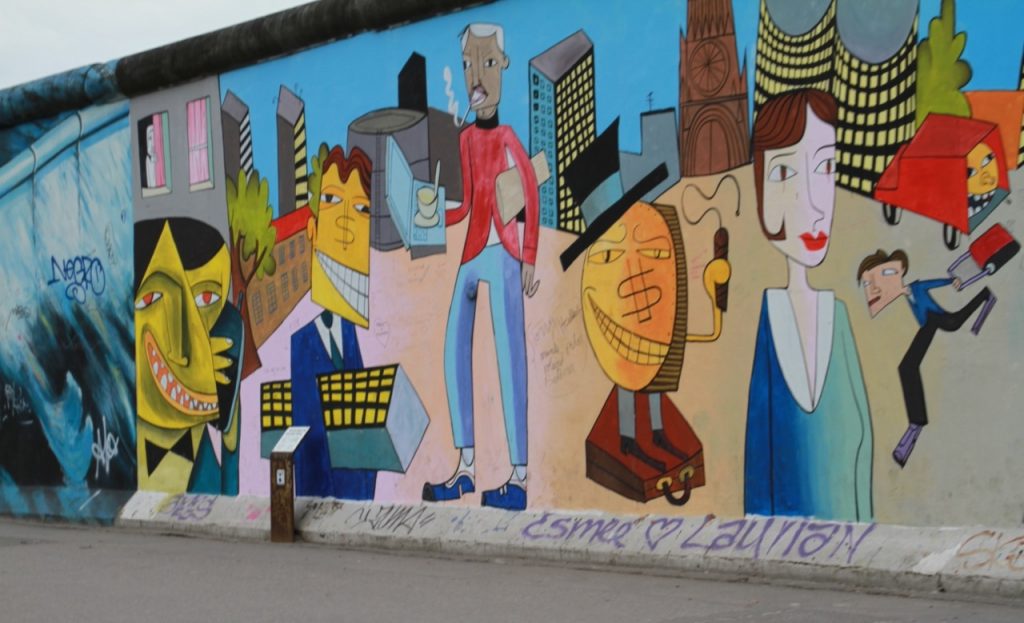
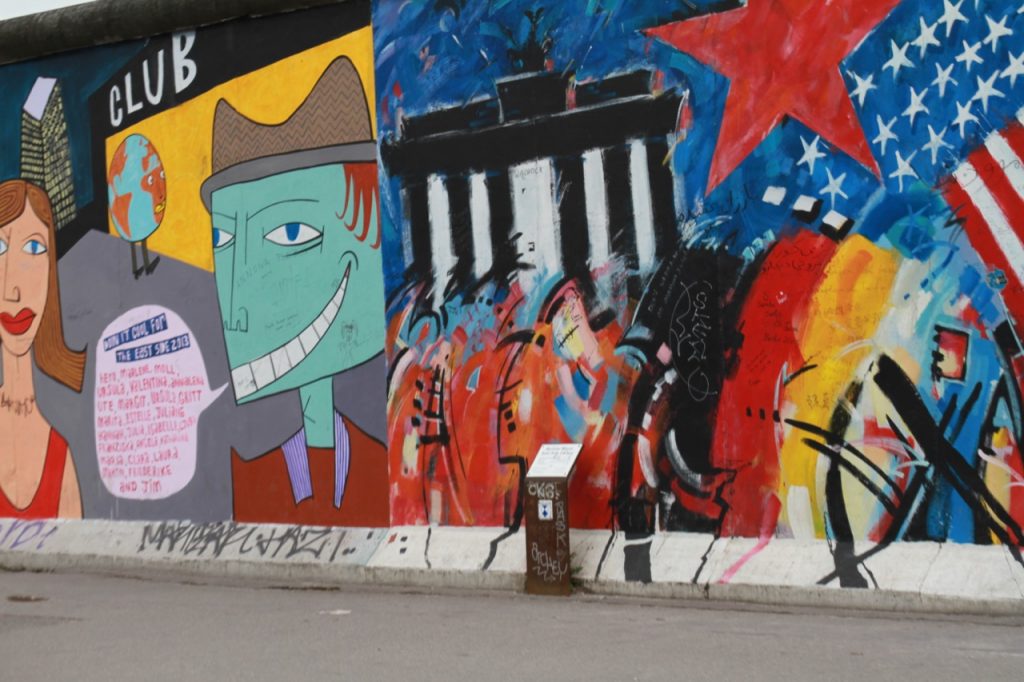
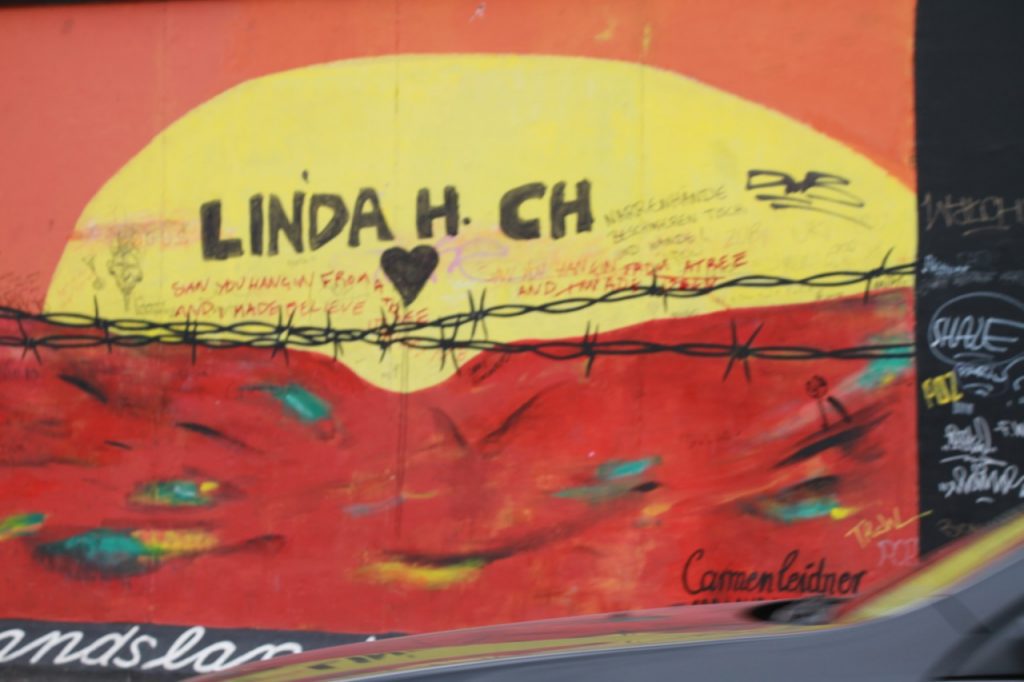
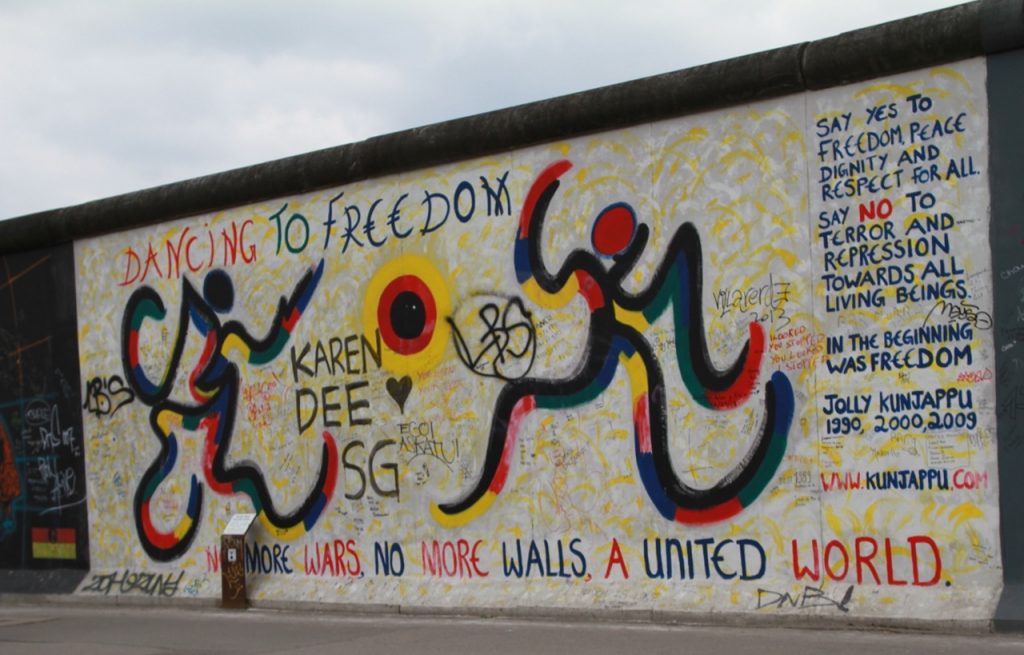
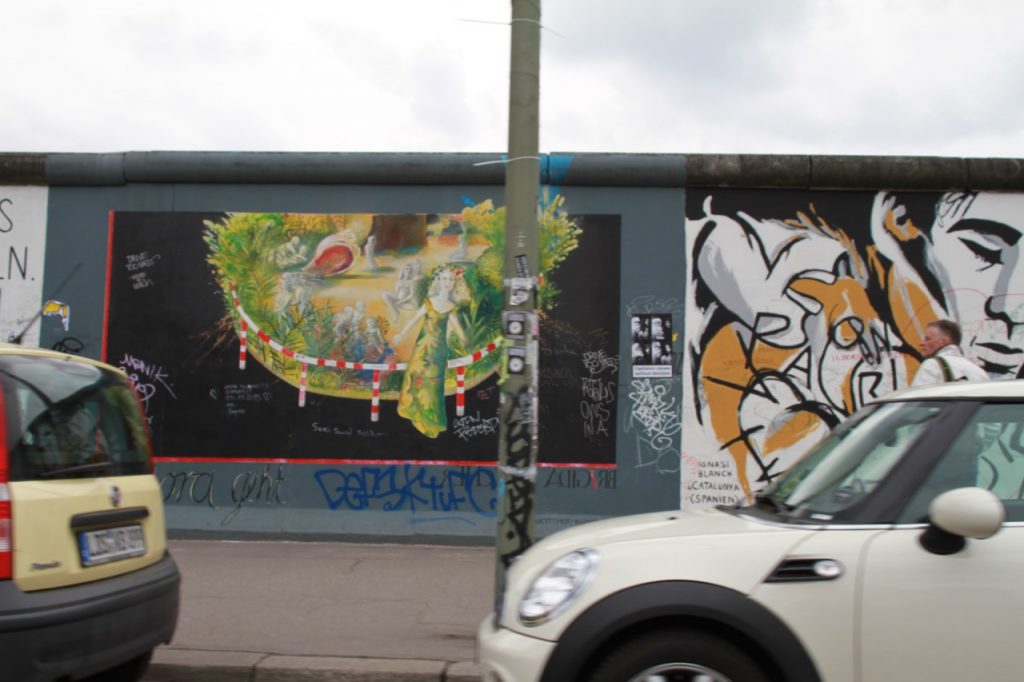
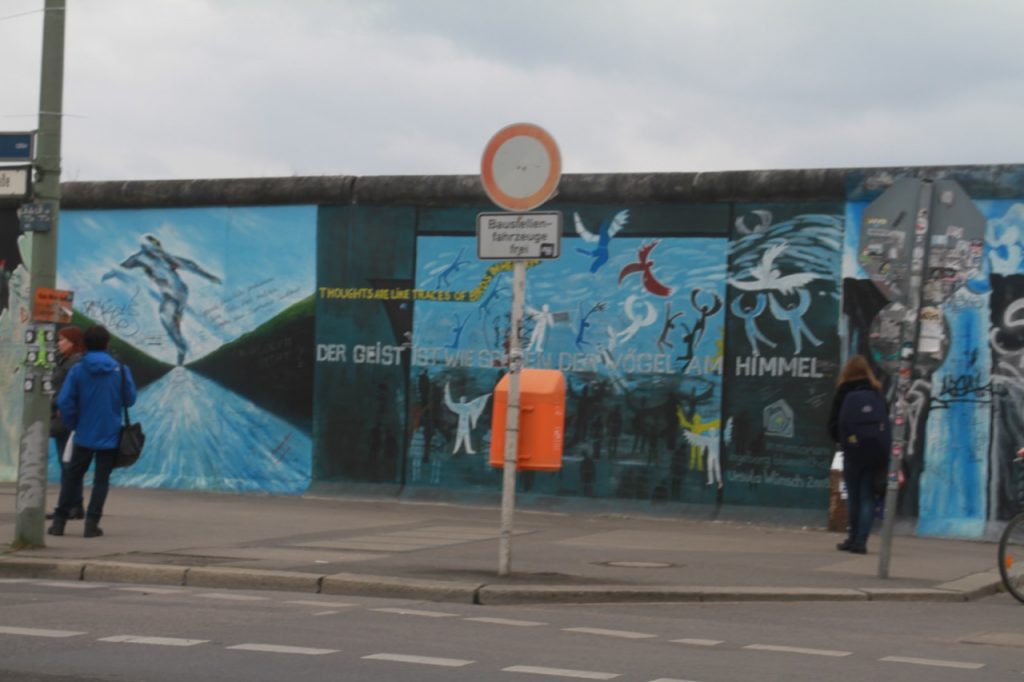
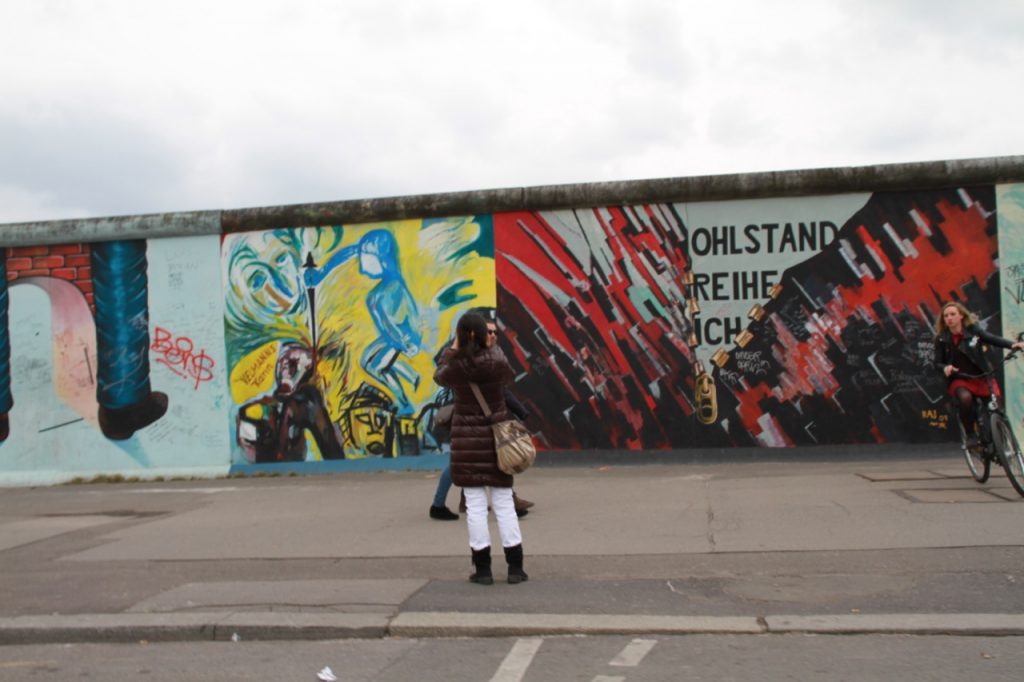
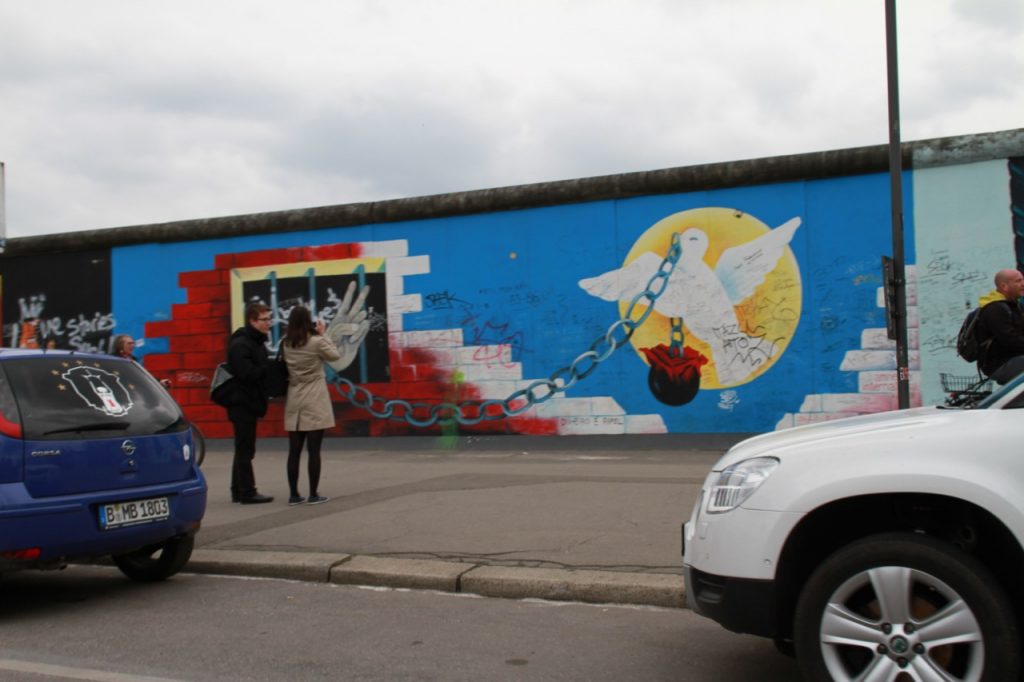
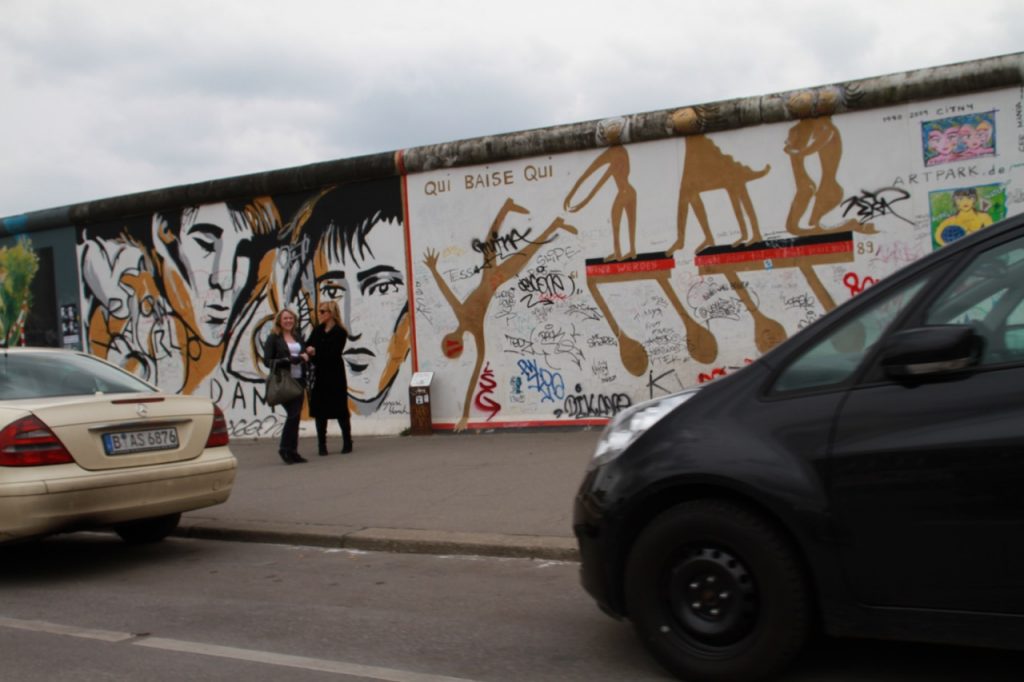
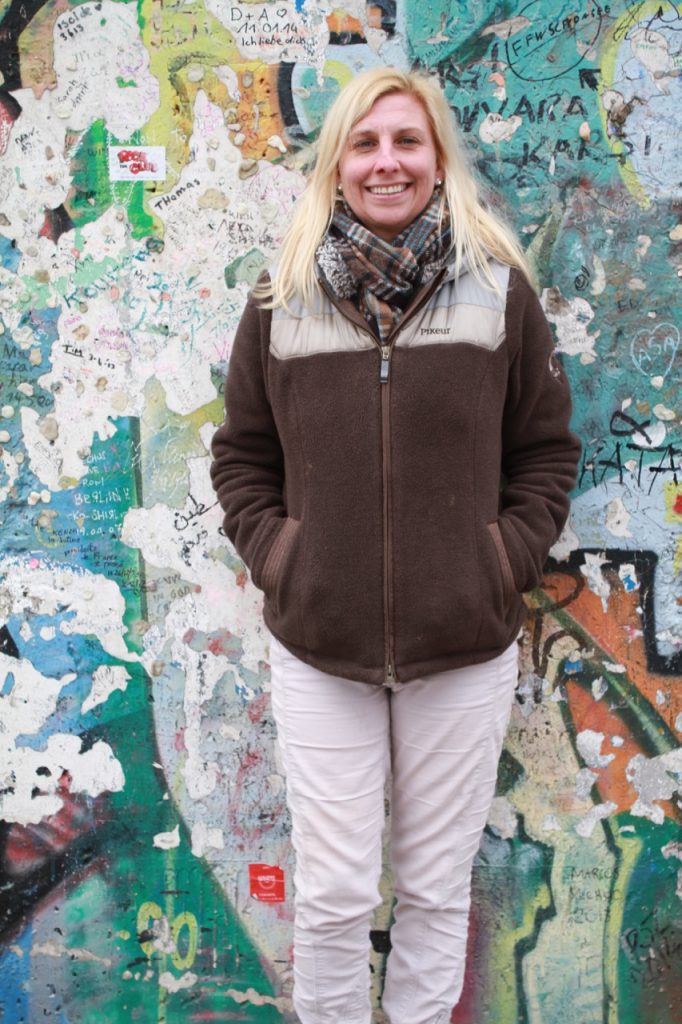
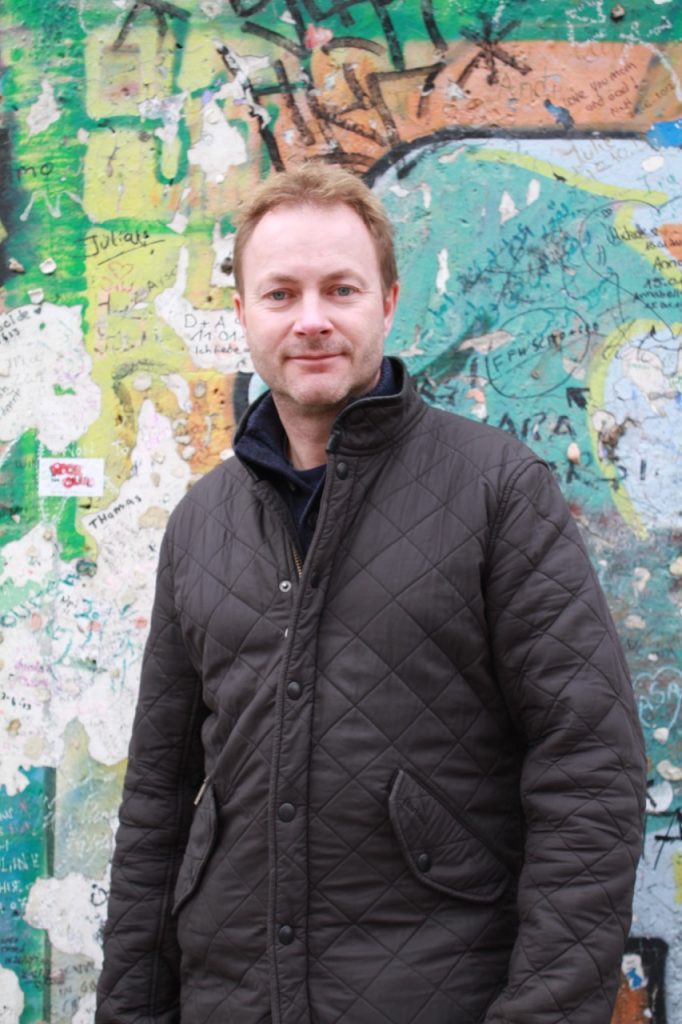
We stopped off at areas where the wall had been broken down and imagined what it must have been like to be separated from liberty back then!
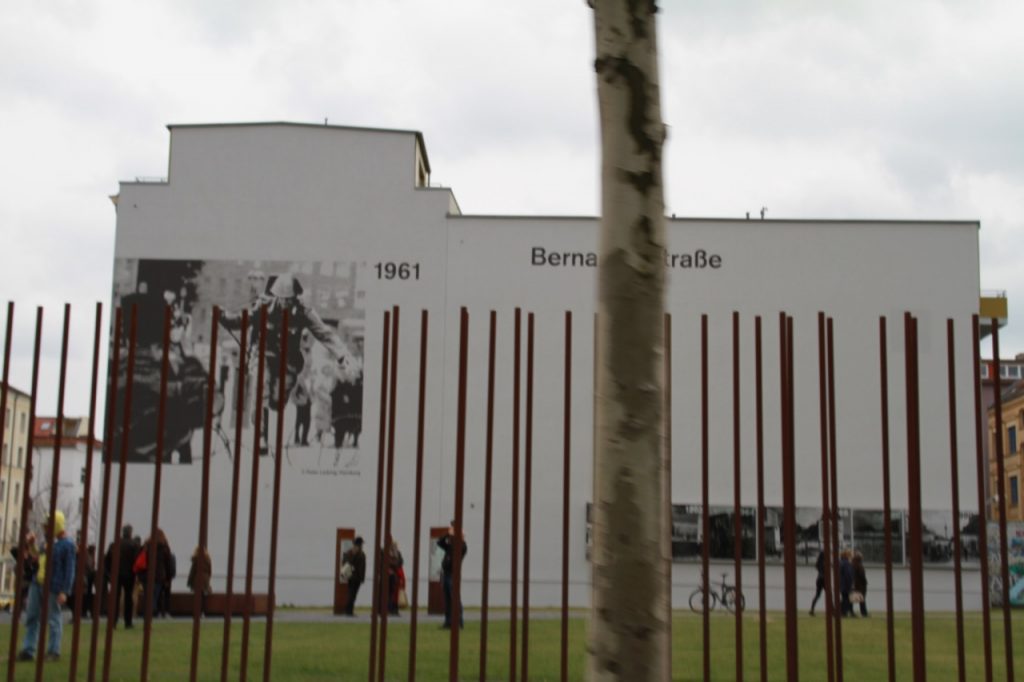
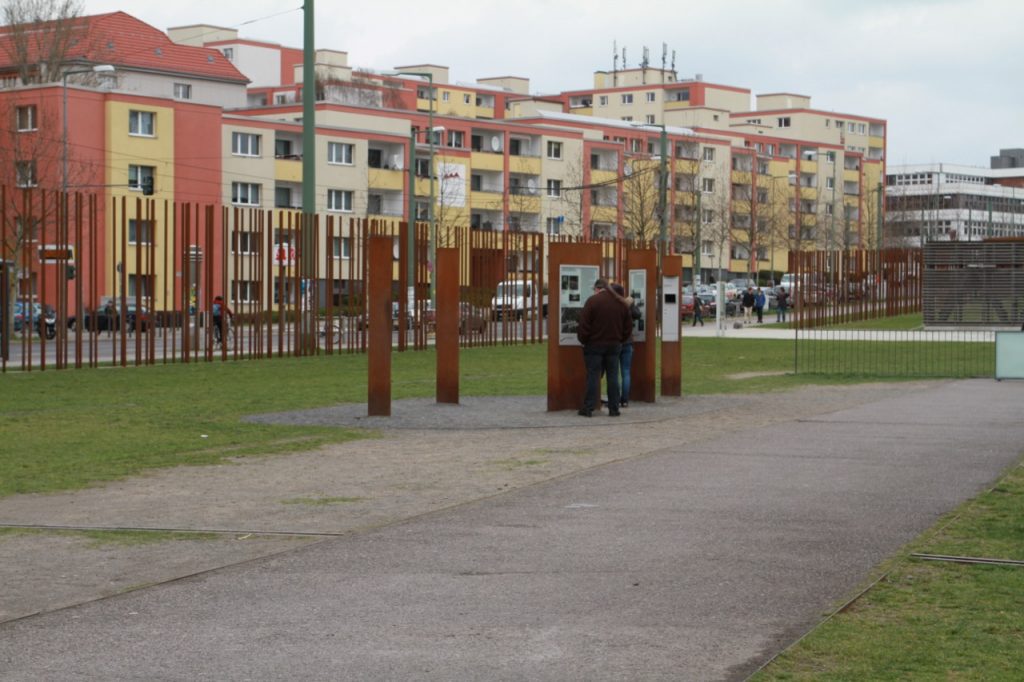
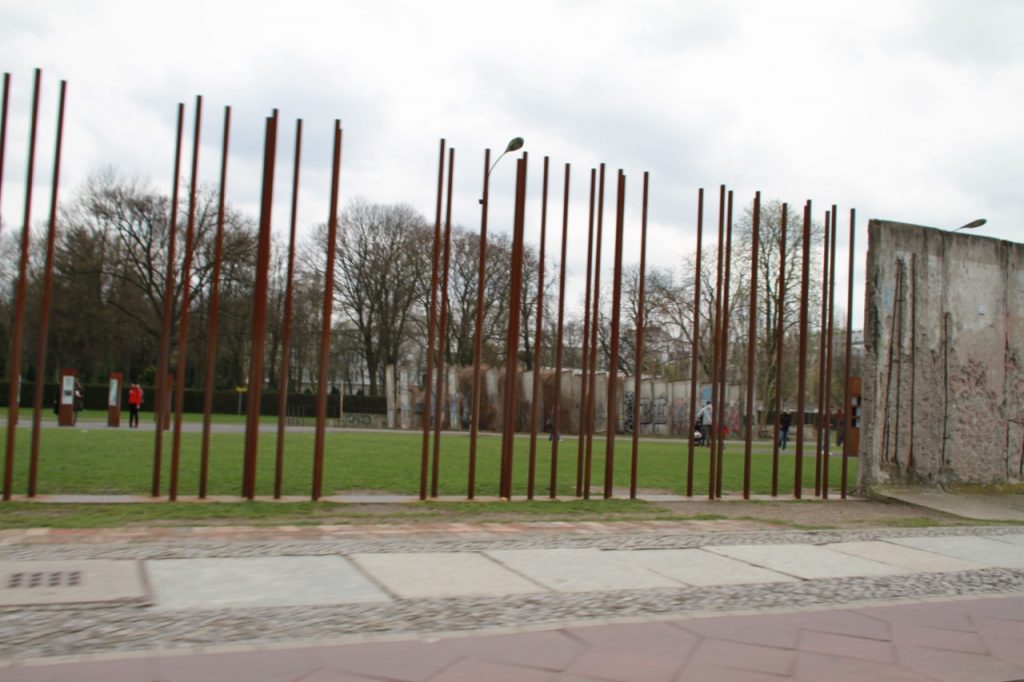
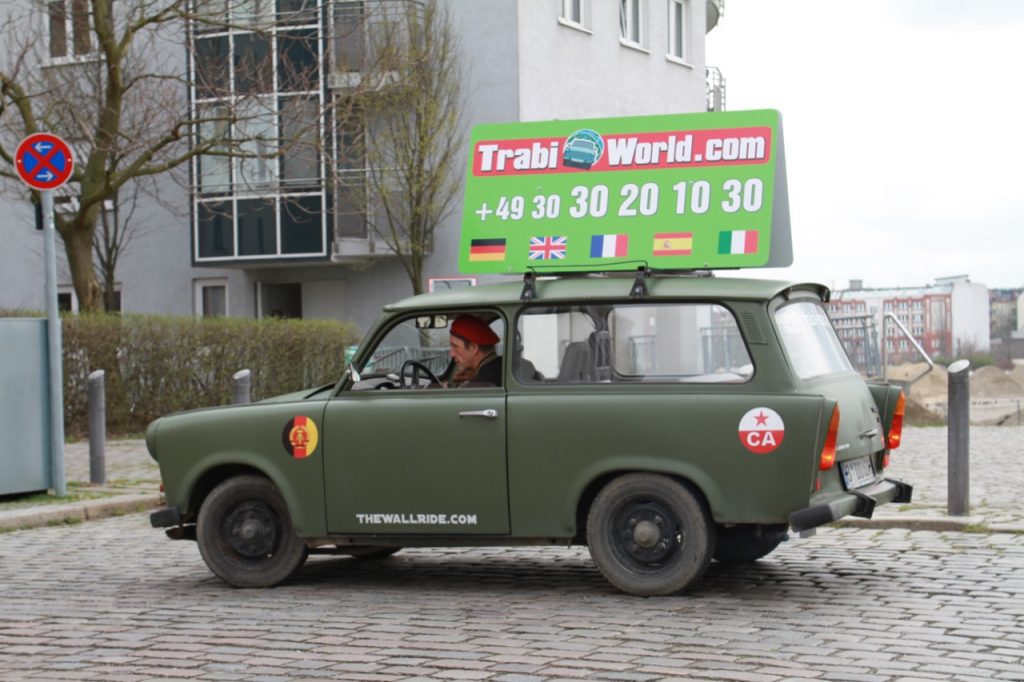
The watch tower a somber reminder of darker times.
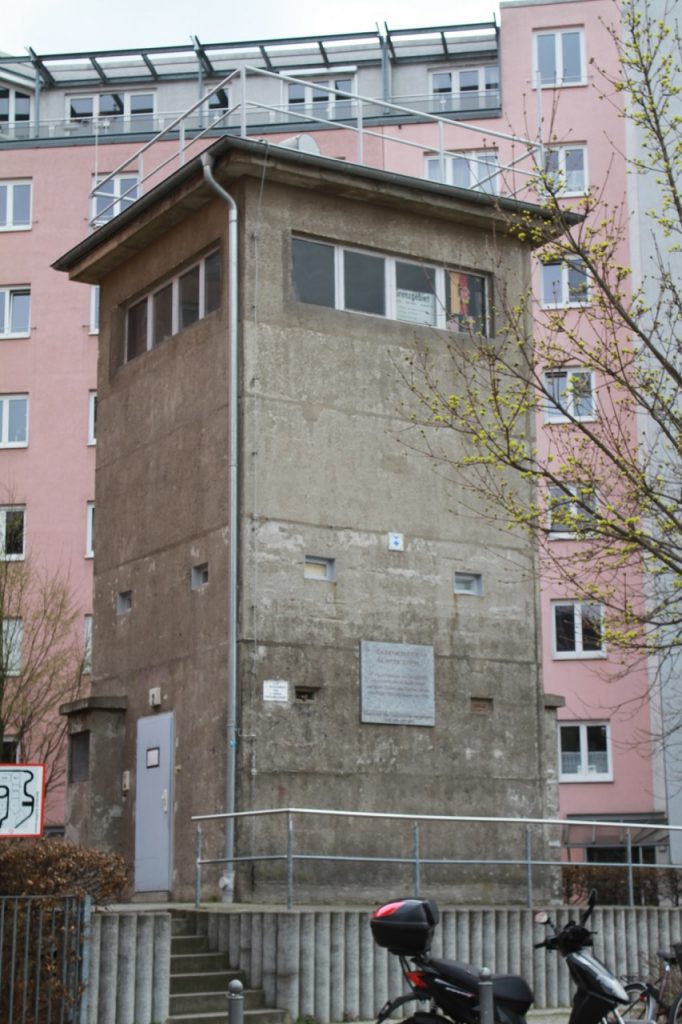
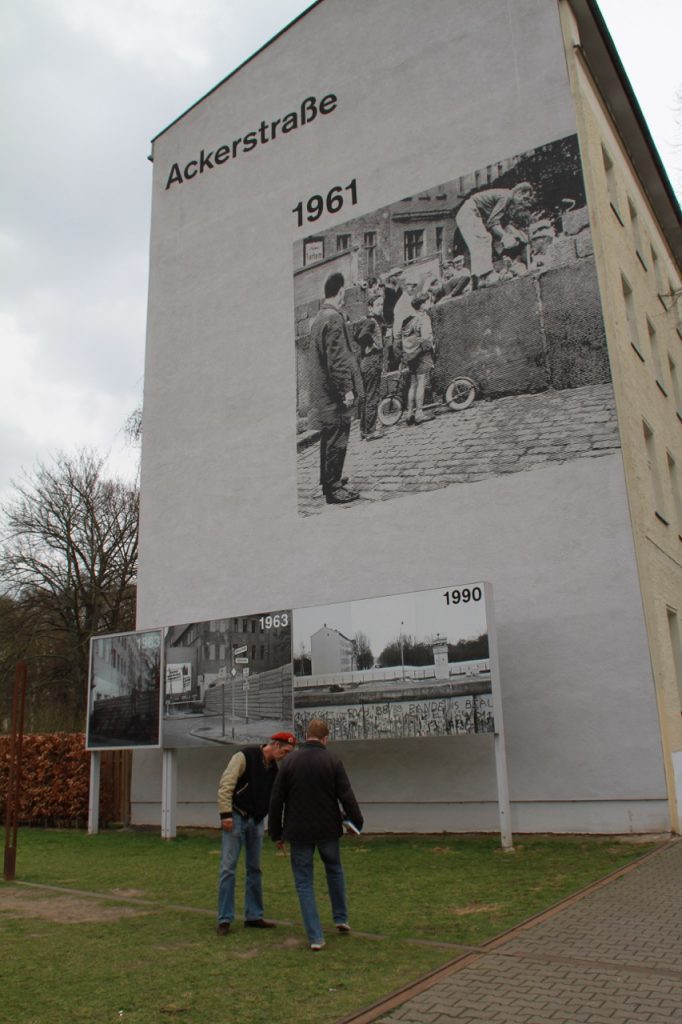
After our Trabi journey we stopped off at the Topography of Terror. A short walk from Checkpoint Charlie, you’ll find another spot loaded with history in the Topography of Terror Museum. This time focused on the rise and actions of the Nazi Party in Germany, the Topography of Terror has indoor and outdoor exhibitions on the former site of some of the Nazi regime’s most horrific institutions. Outside, along a remaining section of the Berlin Wall, you’ll find the “Berlin 1933–1945: Between Propaganda and Terror” exhibition. The informative displays here explore how the Nazis came to power and what Berlin was like during World War II. Indoor exhibits cover the different institutions like the Gestapo and SS which were used by the Nazis to terrorise German citizens. If you’d like to learn more about this dark period, this free museum is well worth it.
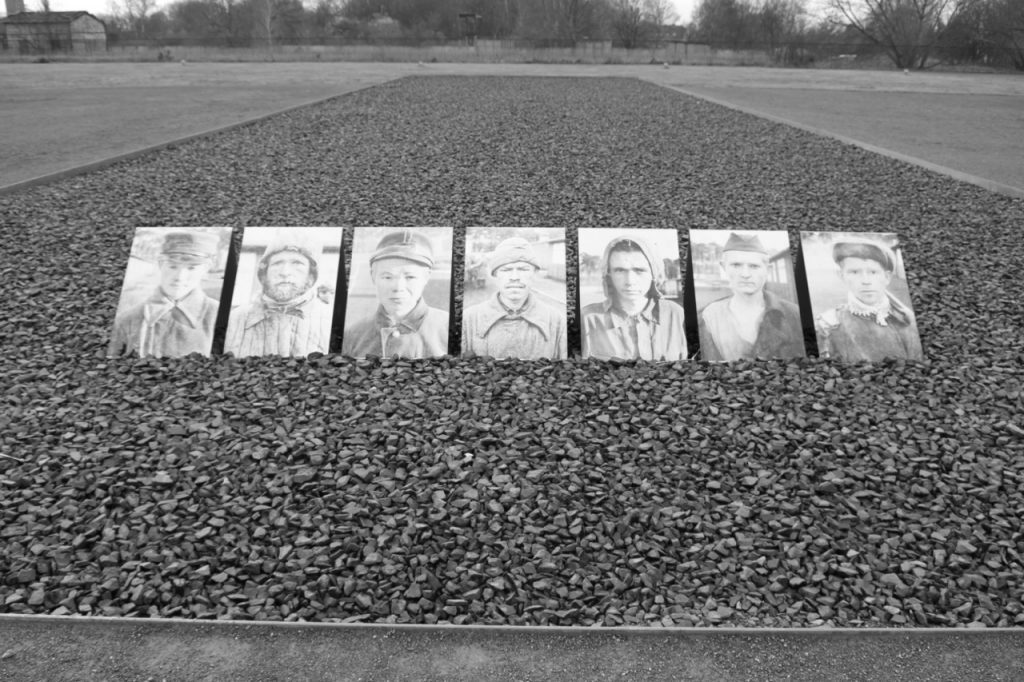
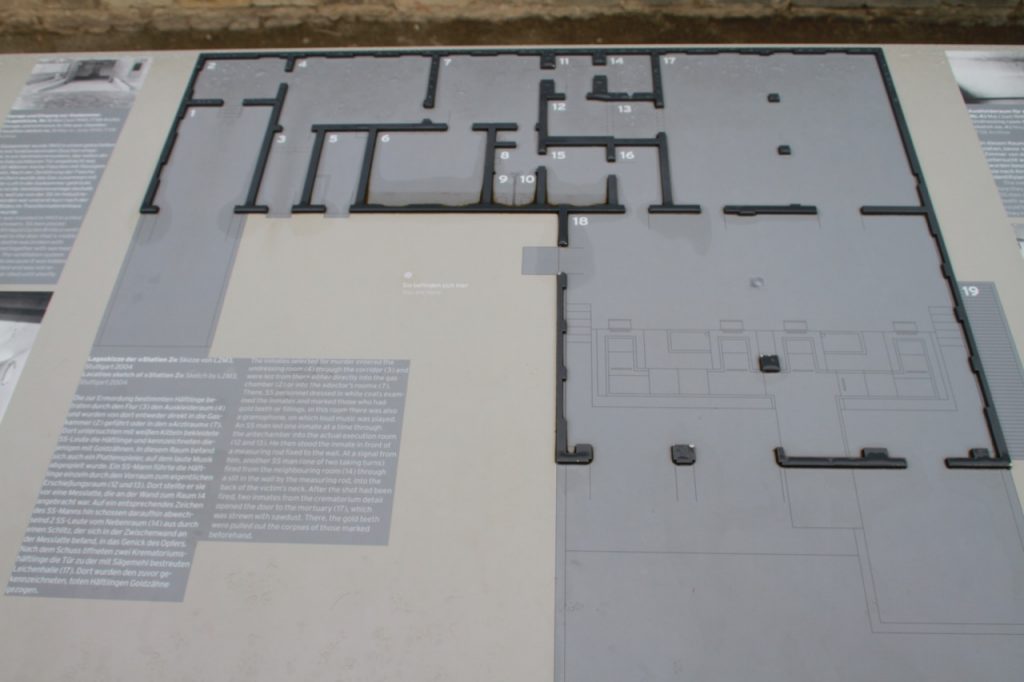
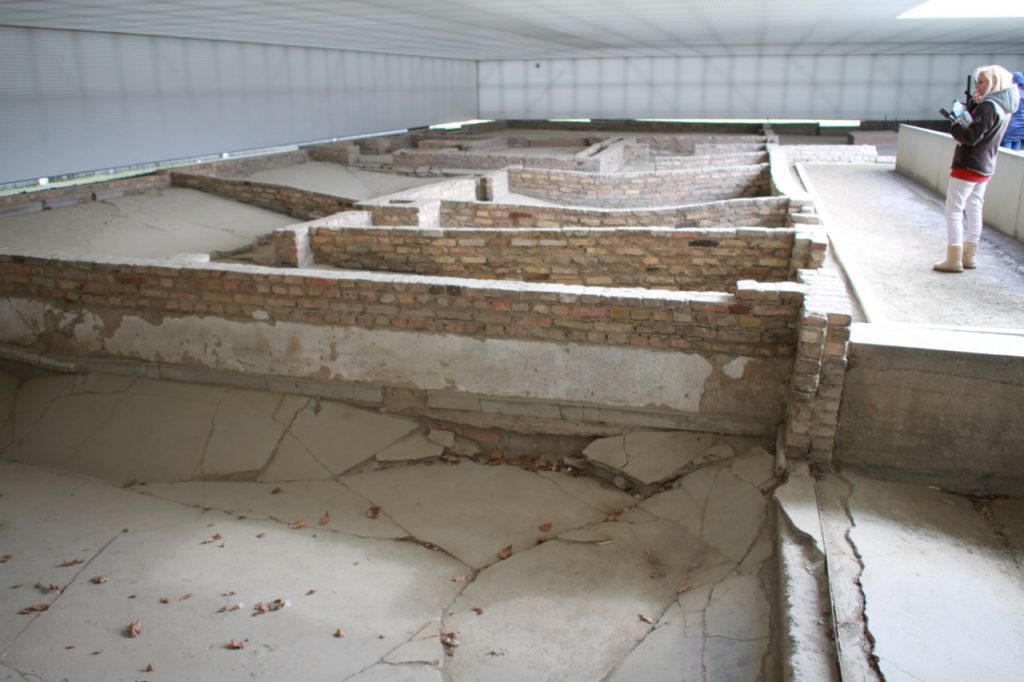
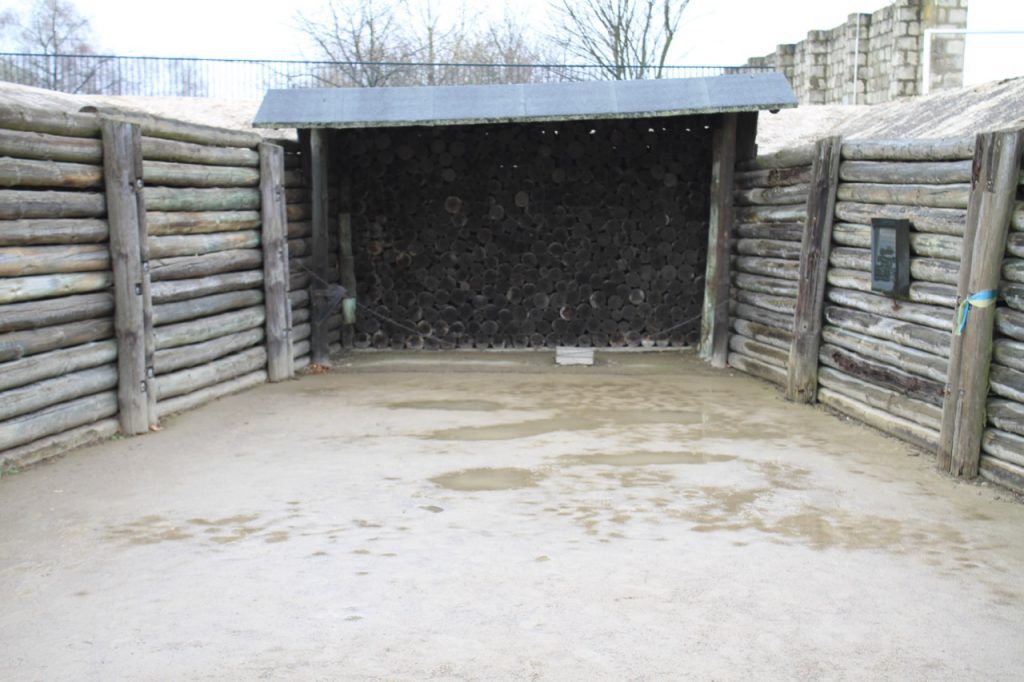
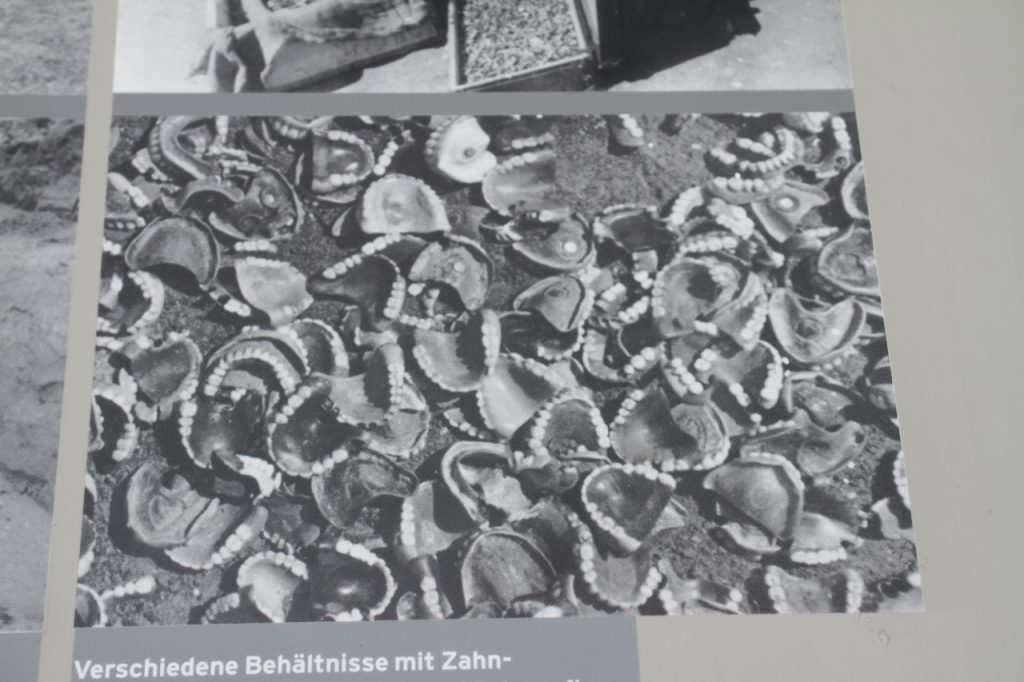
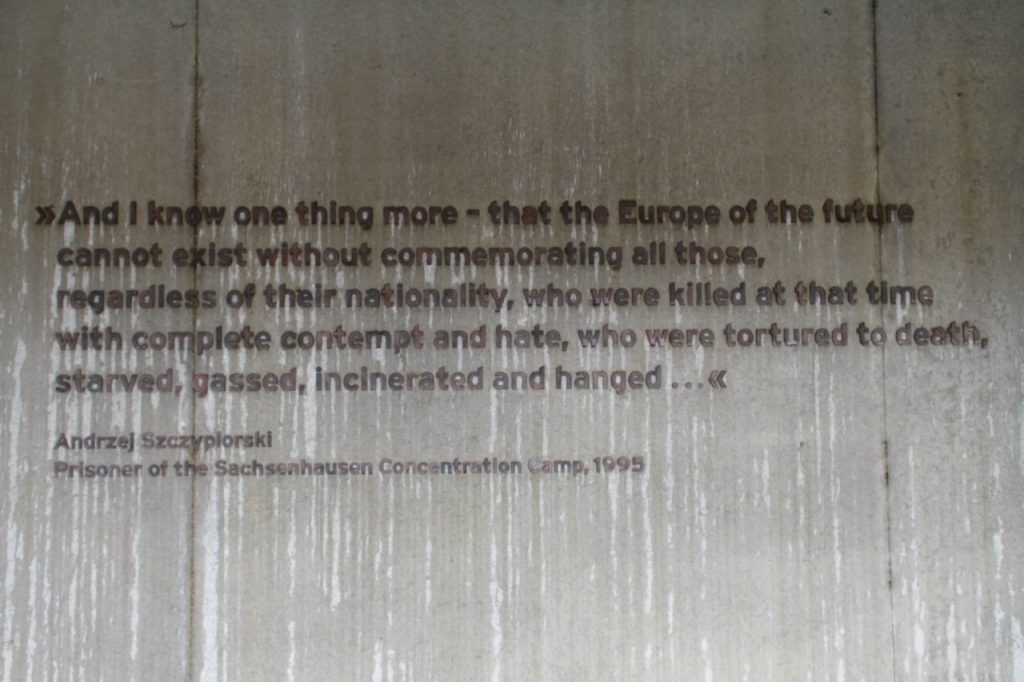
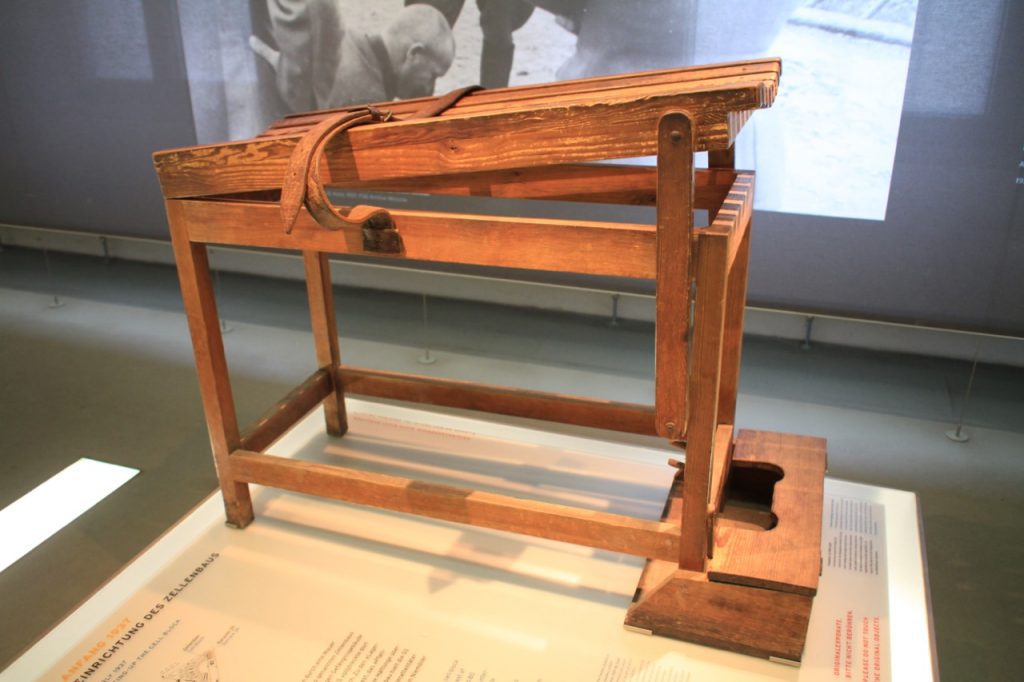
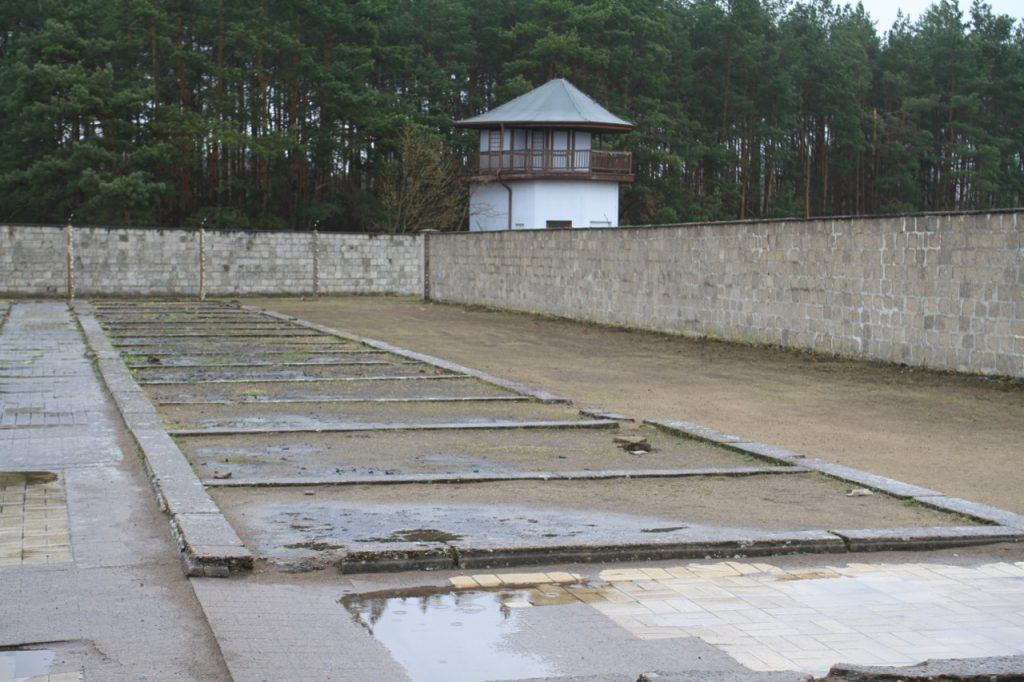
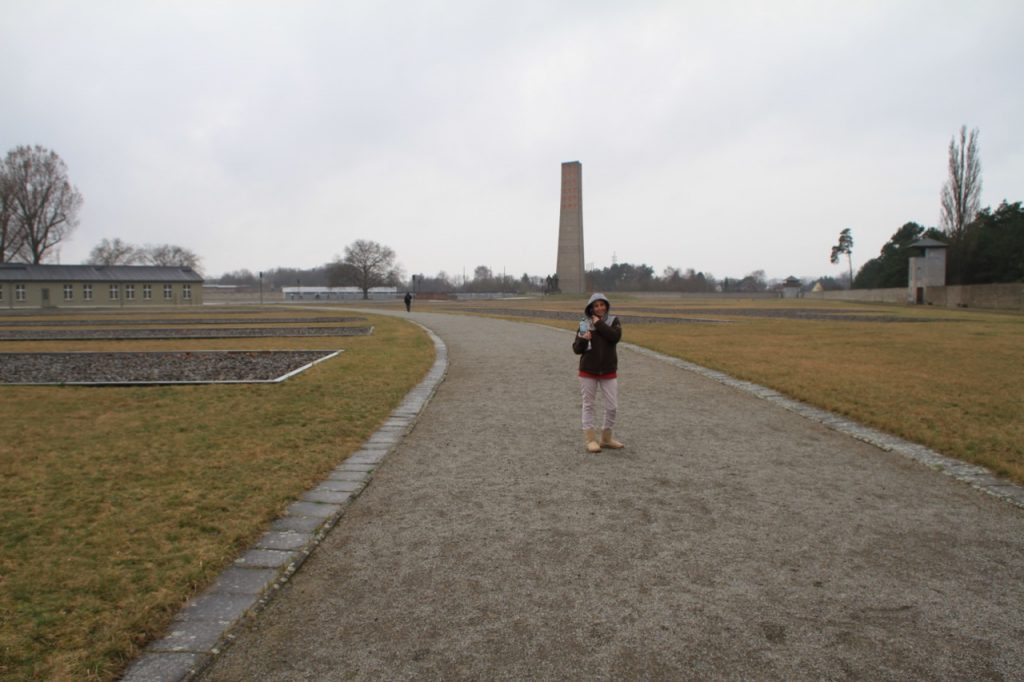
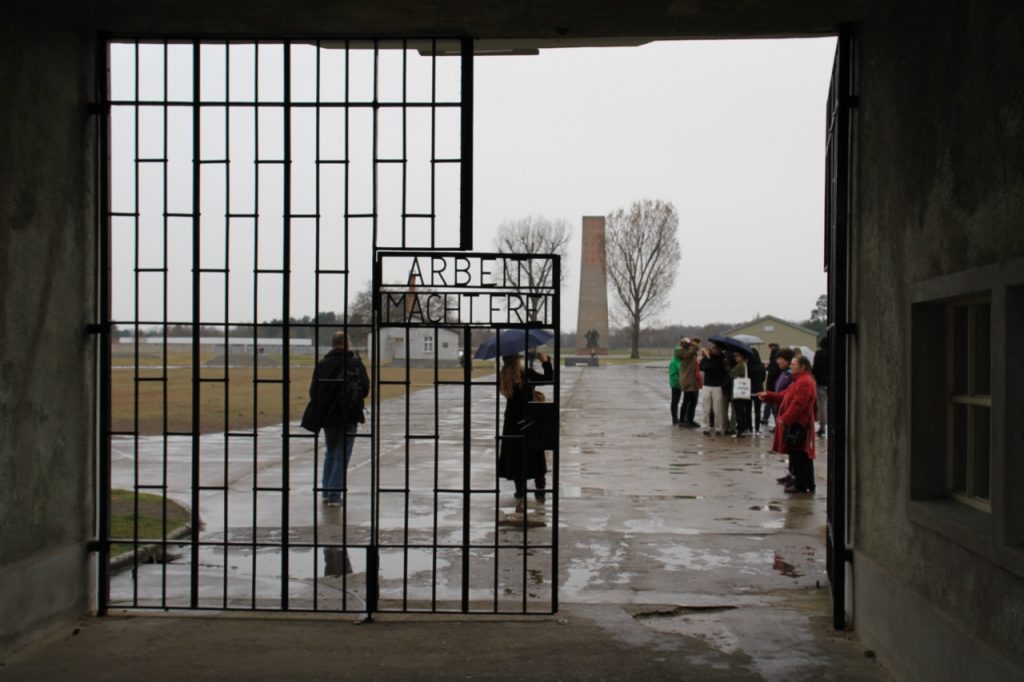
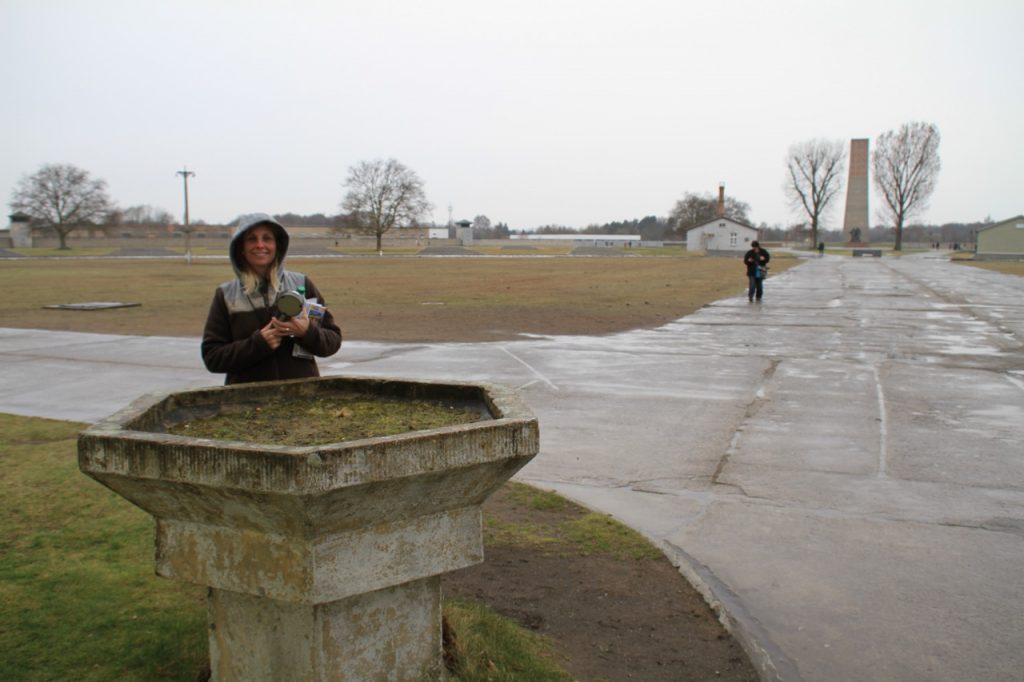
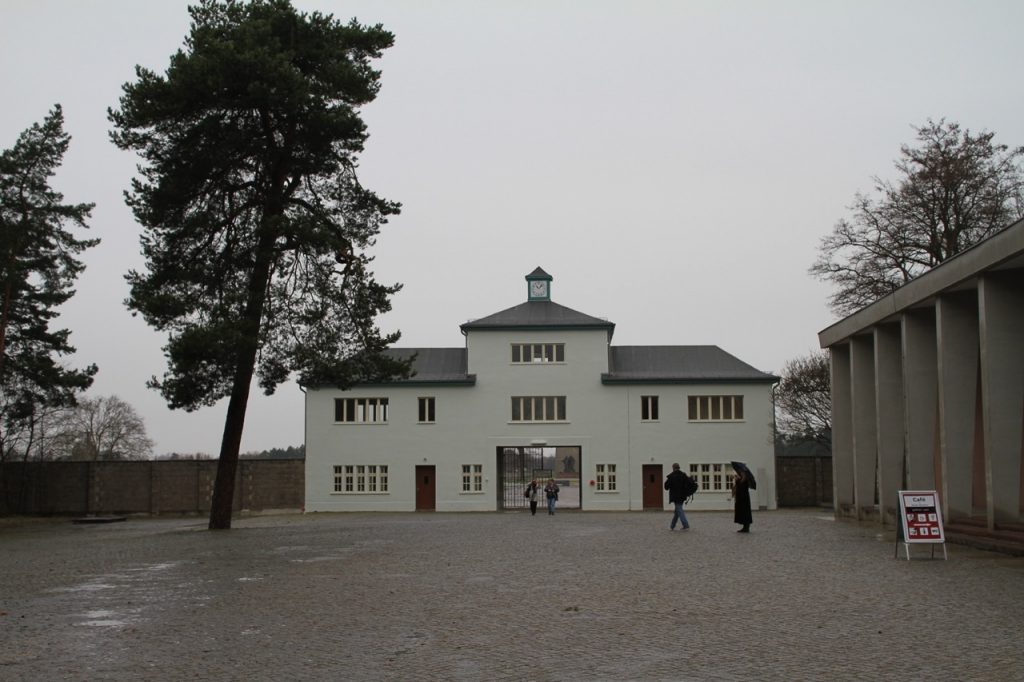
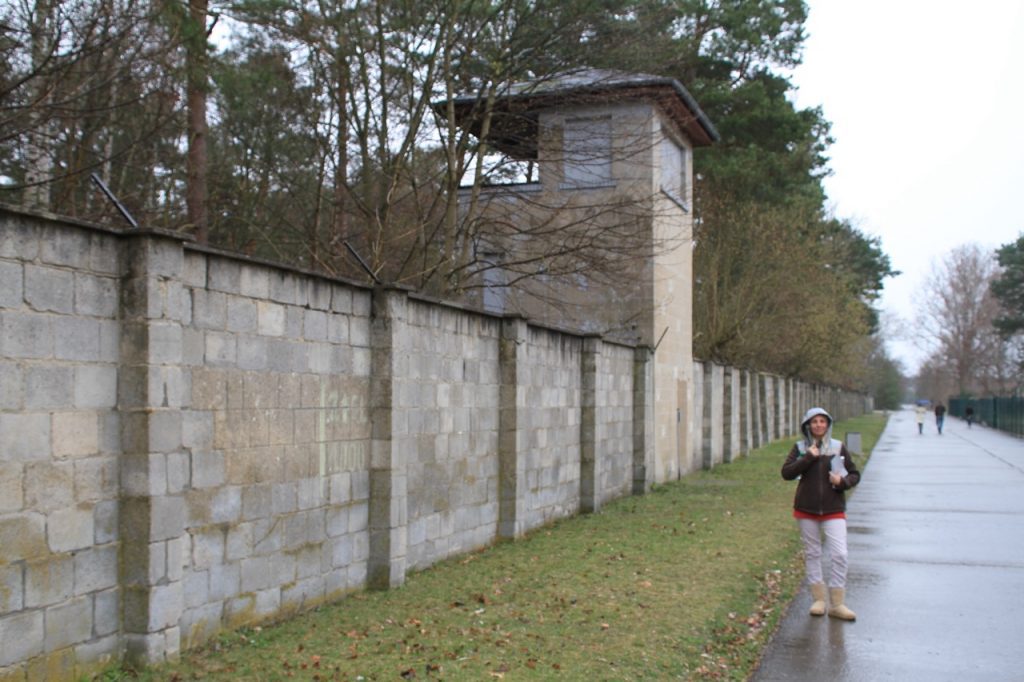
Make sure you get the best out of your visit to Berlin and visit the iconic Berlin TV Tower, with advance tickets to avoid waiting in line. A unique and captivating sight across the Berlin skyline, the tower offers incredible views from the observation deck, and is definitely an unmissable part of any trip to the city.
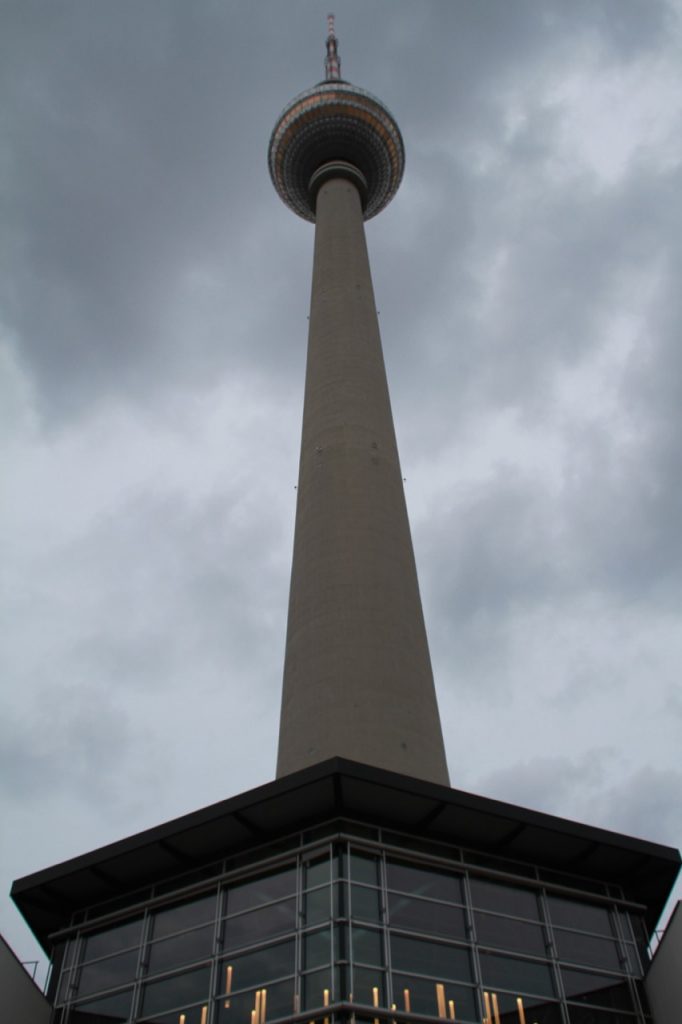
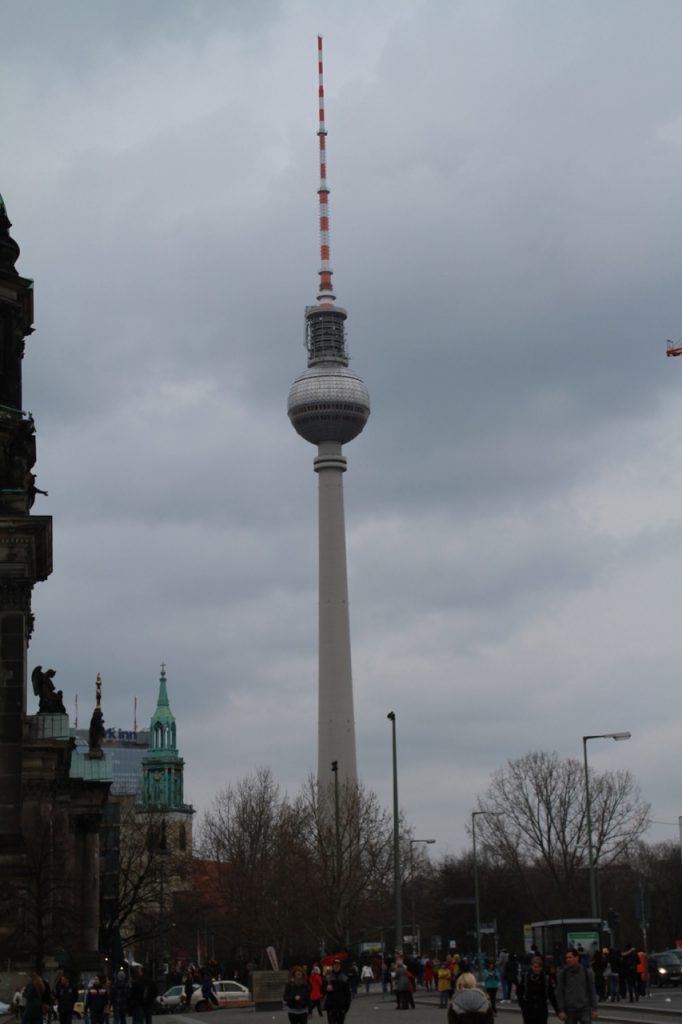
On our final evening we went to Clarchen’s Ballhouse – a Berlin institution where couples of all ages go to dance and enjoy a varied genre of music with good food. Clärchen´s Ballroom is an institution. In 1913 Fritz Bühler and his wife Clärchen opened “Bühler´s Ballroom”. The present “Clärchen´s Ballroom” is a dance hall with restaurant in the centre of Berlin. The oldest regular guest is over 80 years old but scenesters as well are coming to the ballroom. It´s a place for everyone! Prominent people like actress Charlotte Rampling Tango, Rocker Marilyn Manson, Campino, the singer of the band “Toten Hosen” and Klaus Maria Brandauer have celebrated big parti We met a lovely couple who have since stayed in touch with on Facebook.es at Clärchen´s Ballroom. Today there are dancing classes, concerts, proms and a lot more events taking place.
